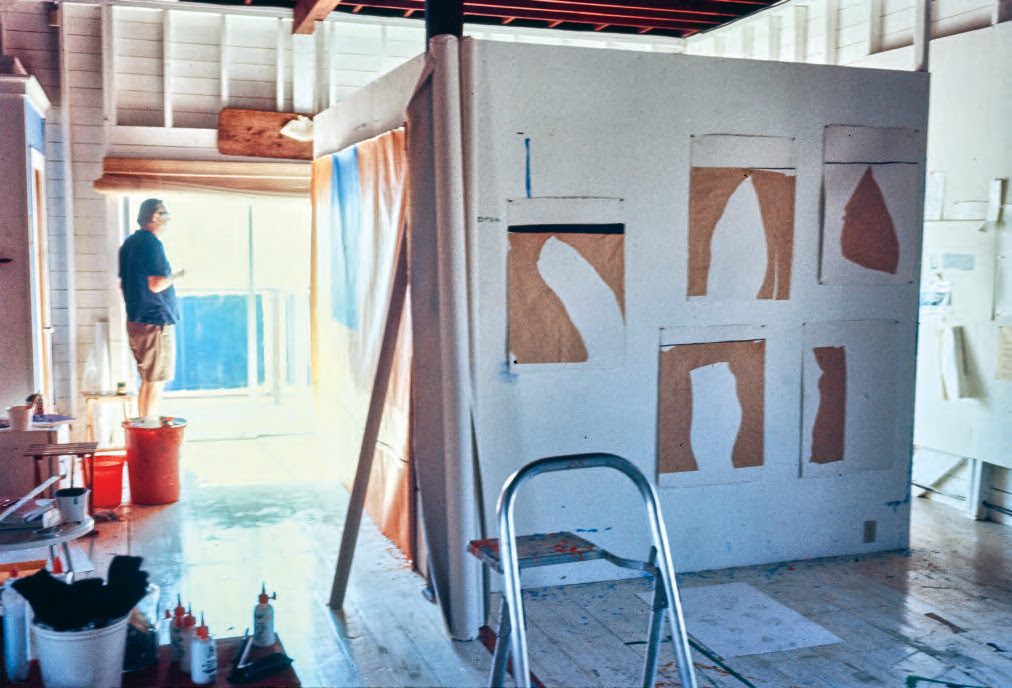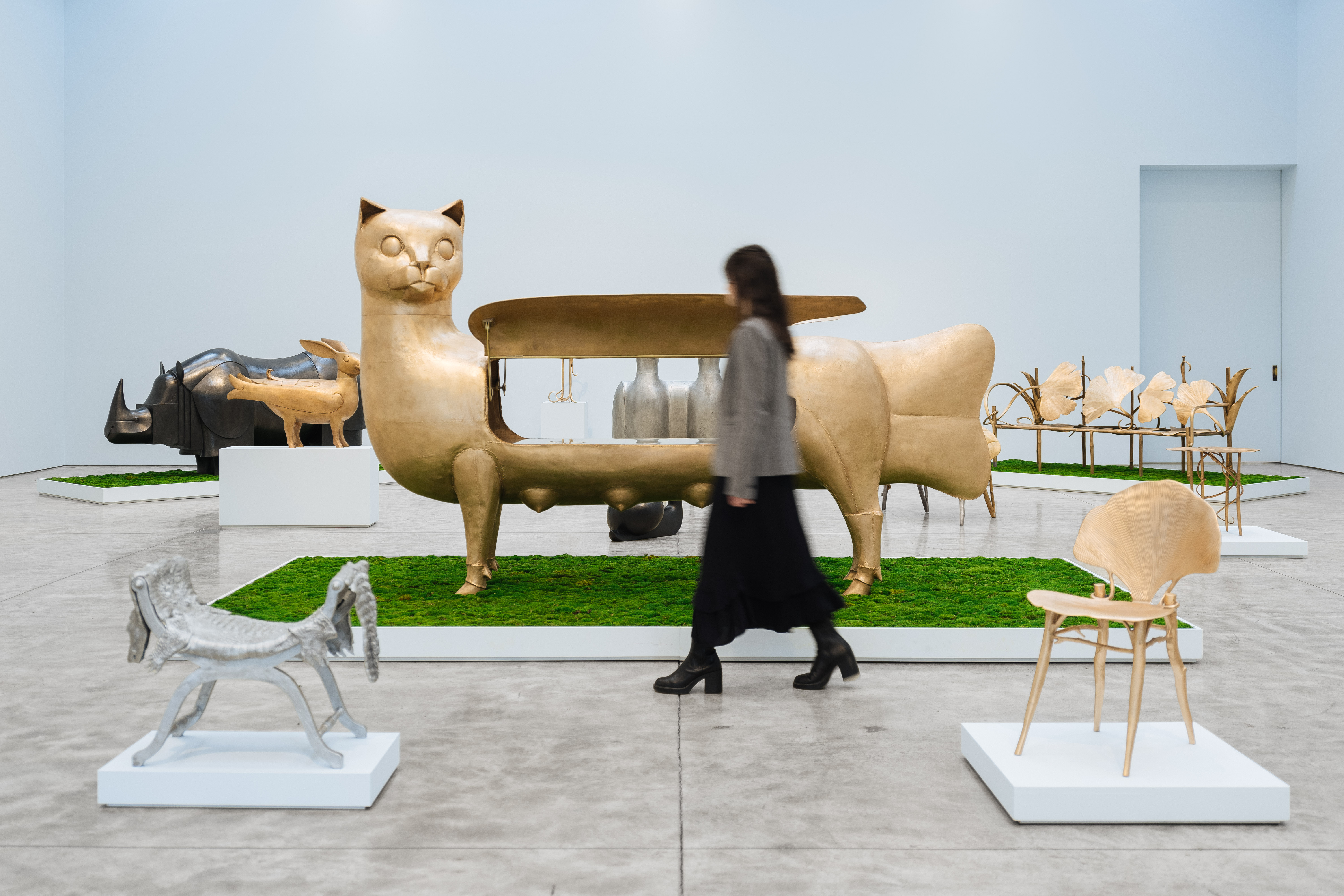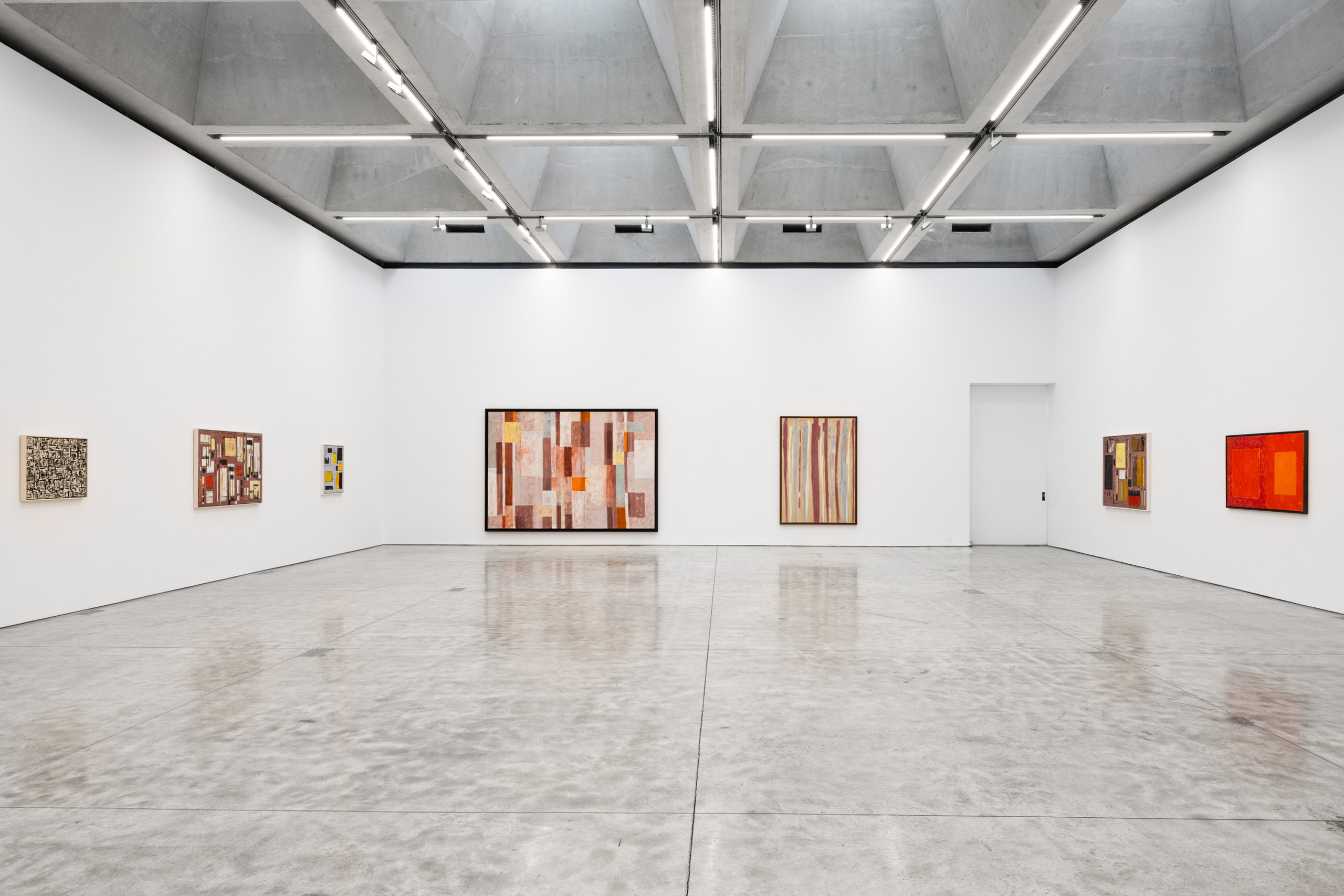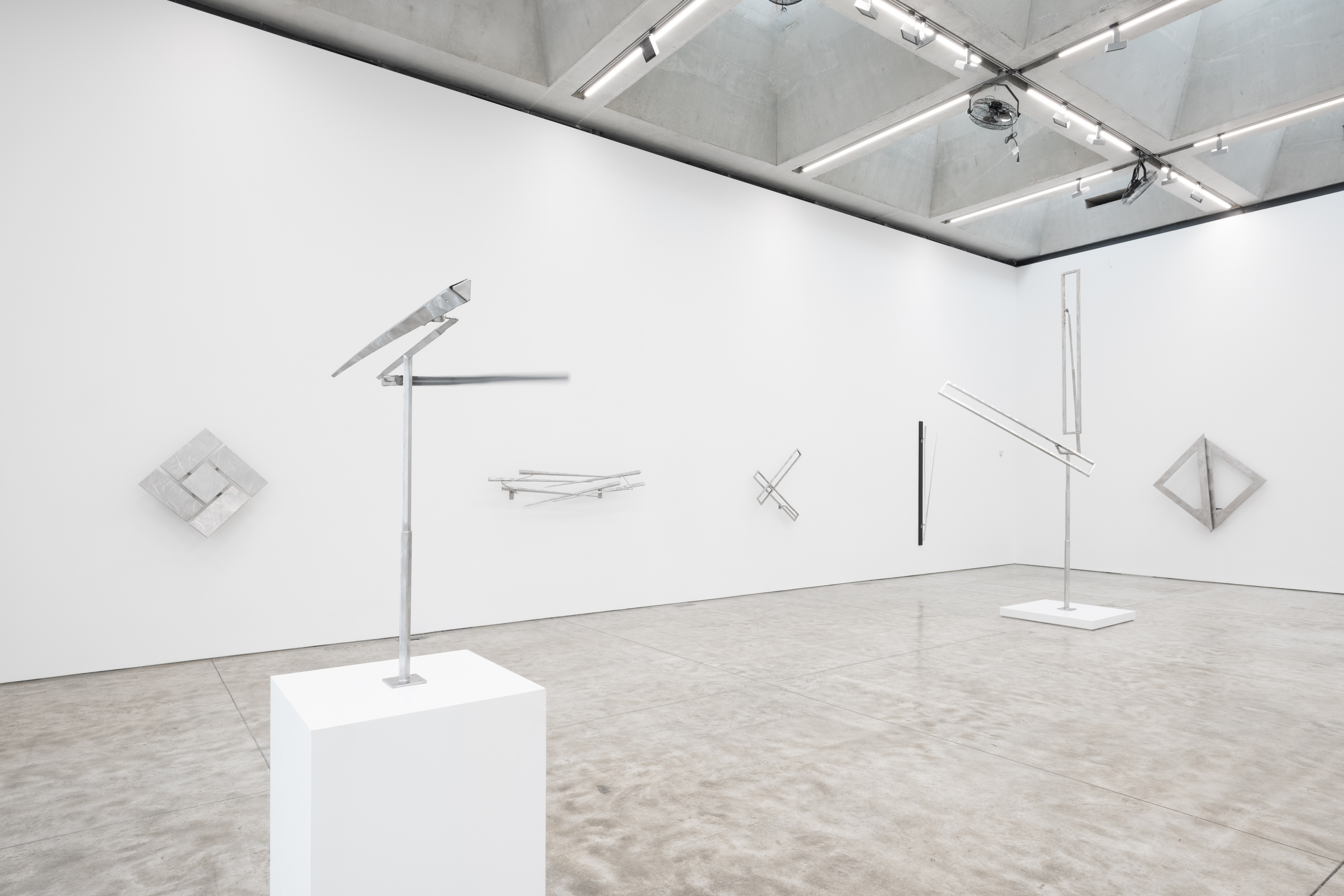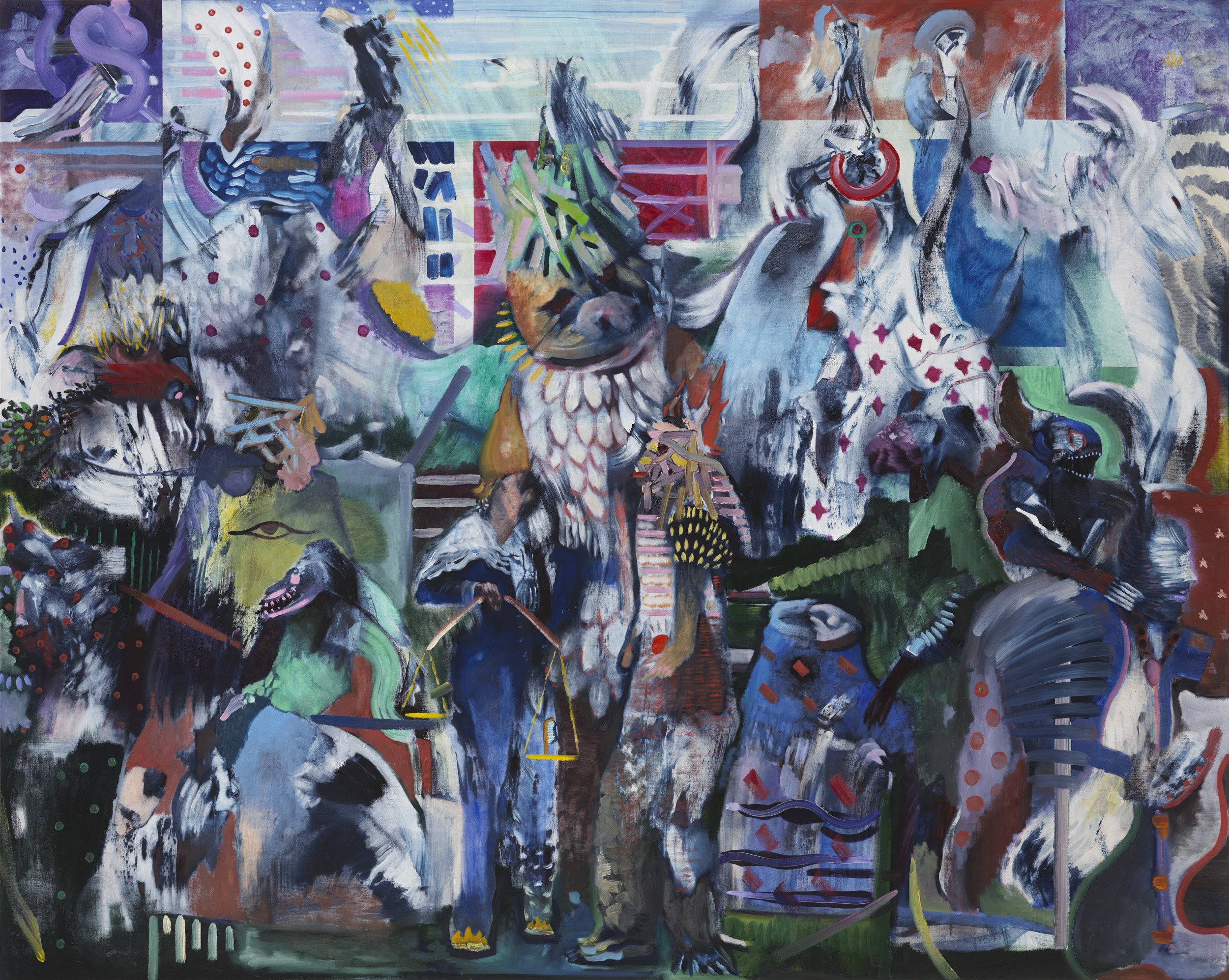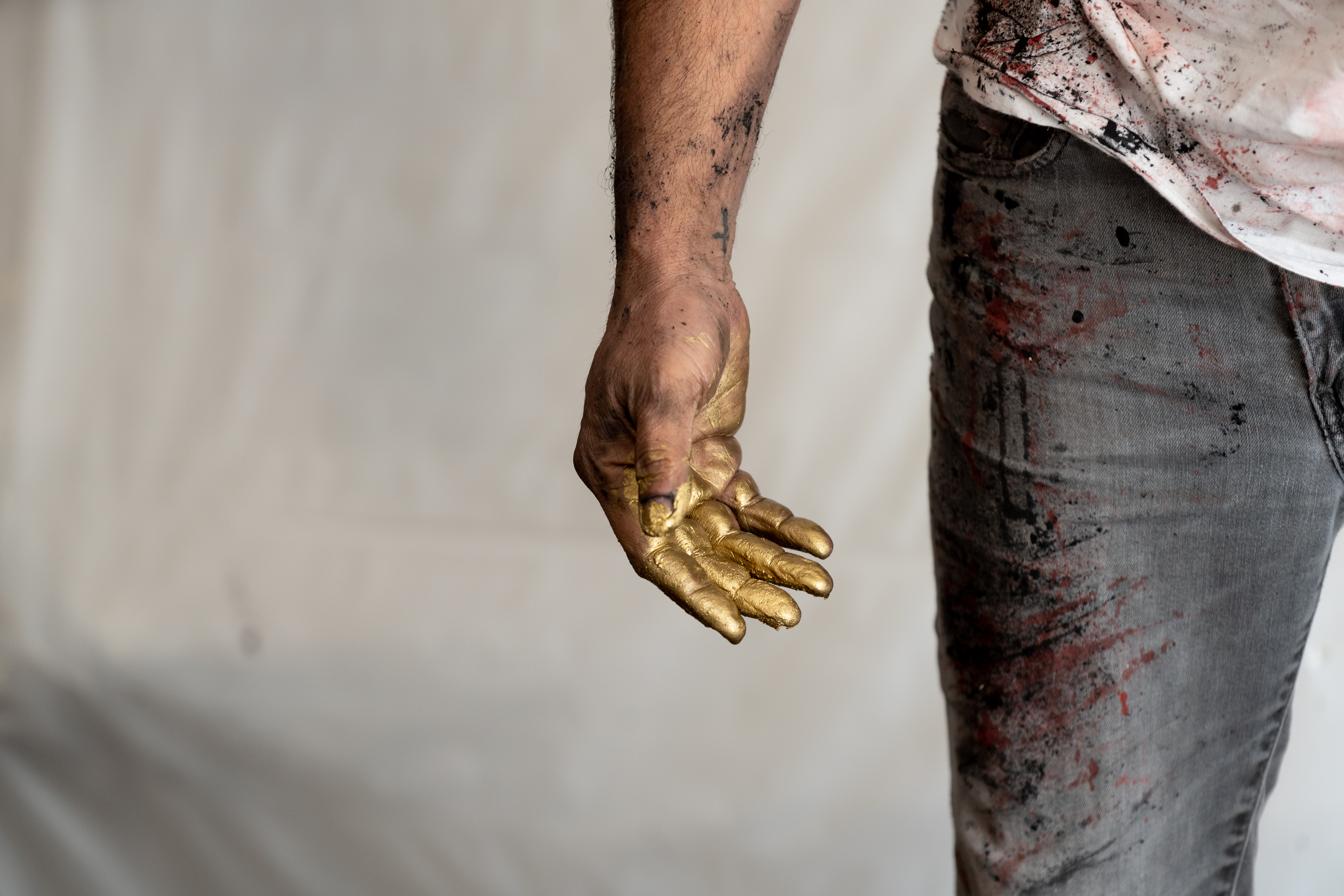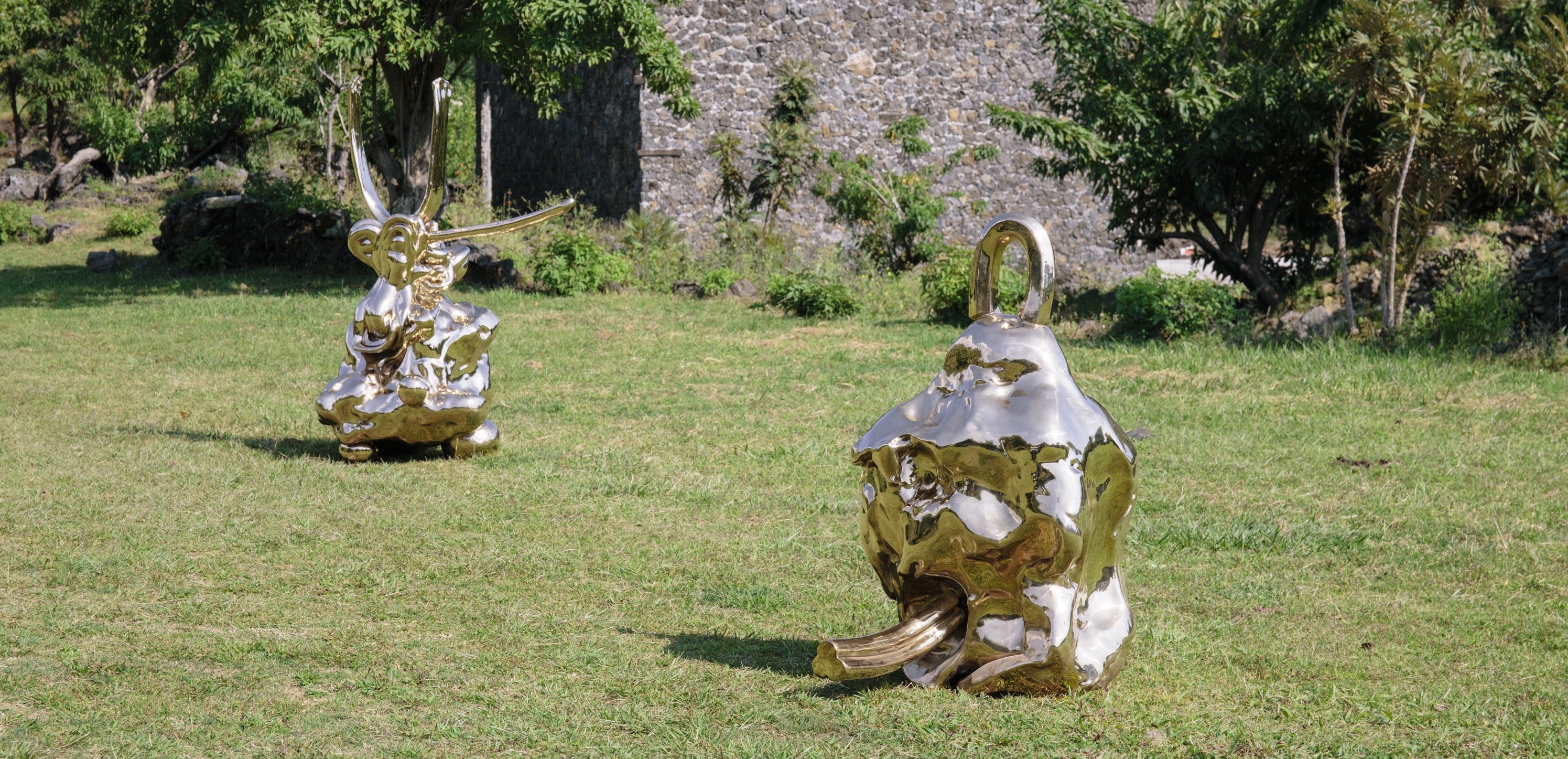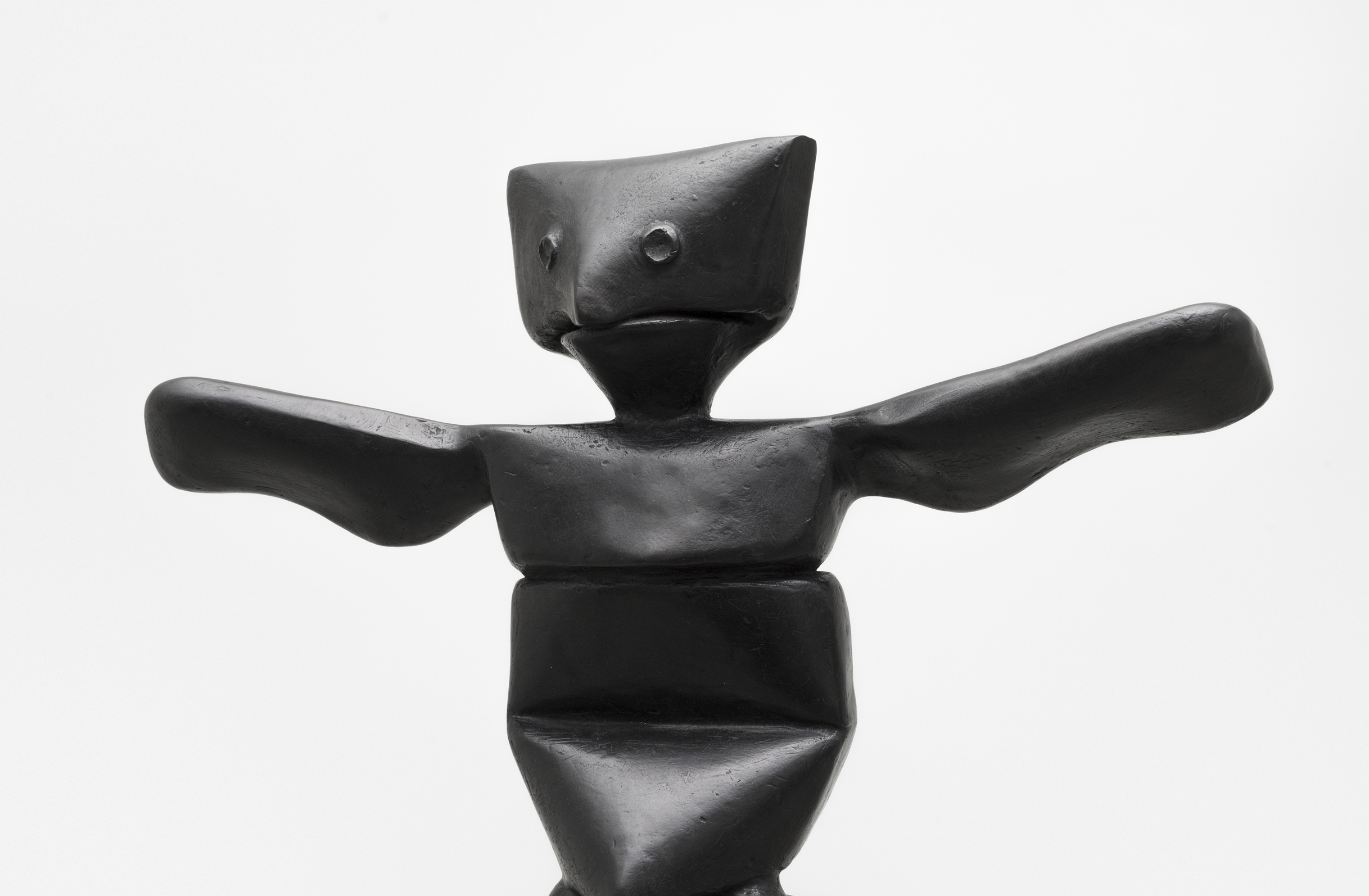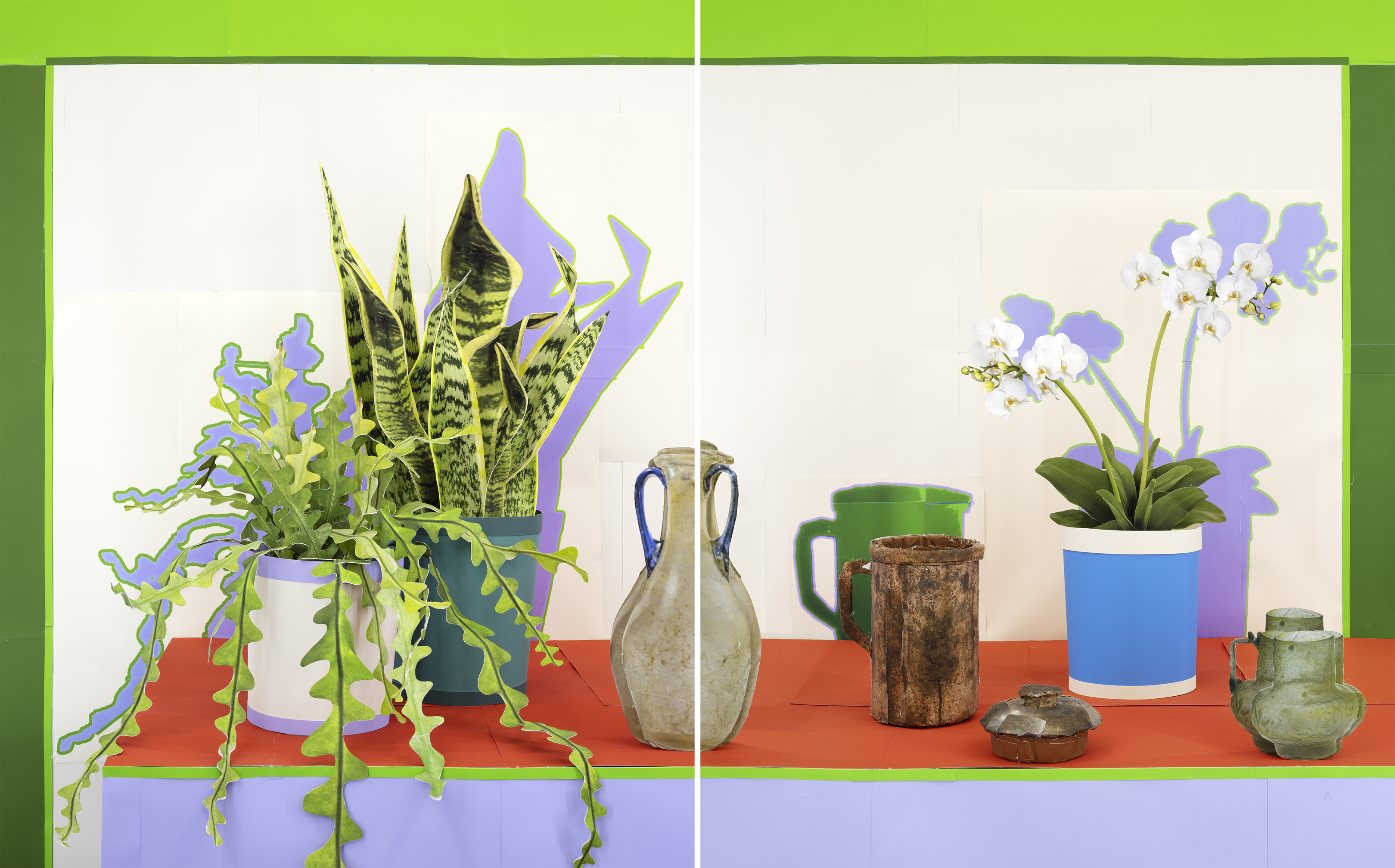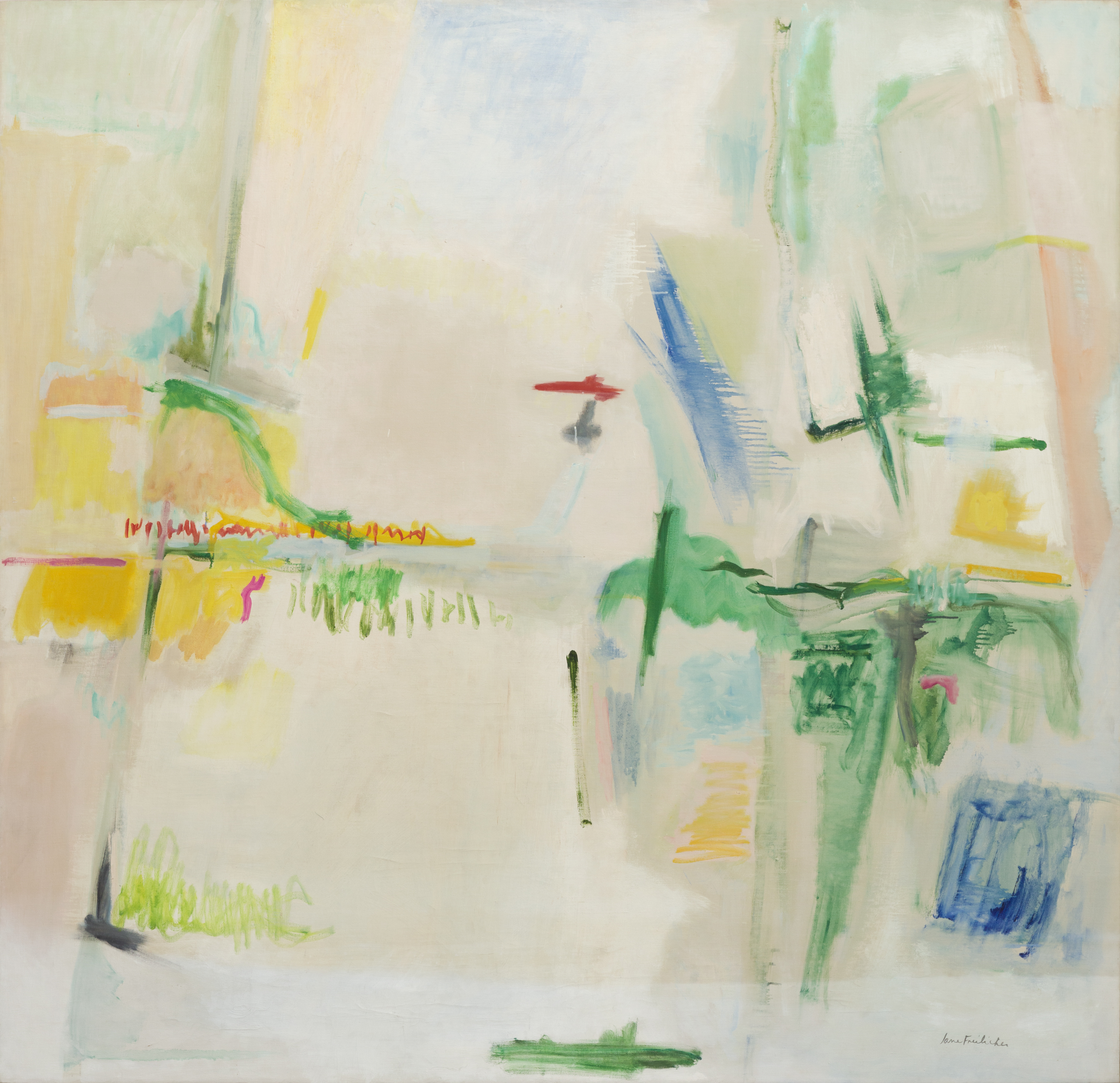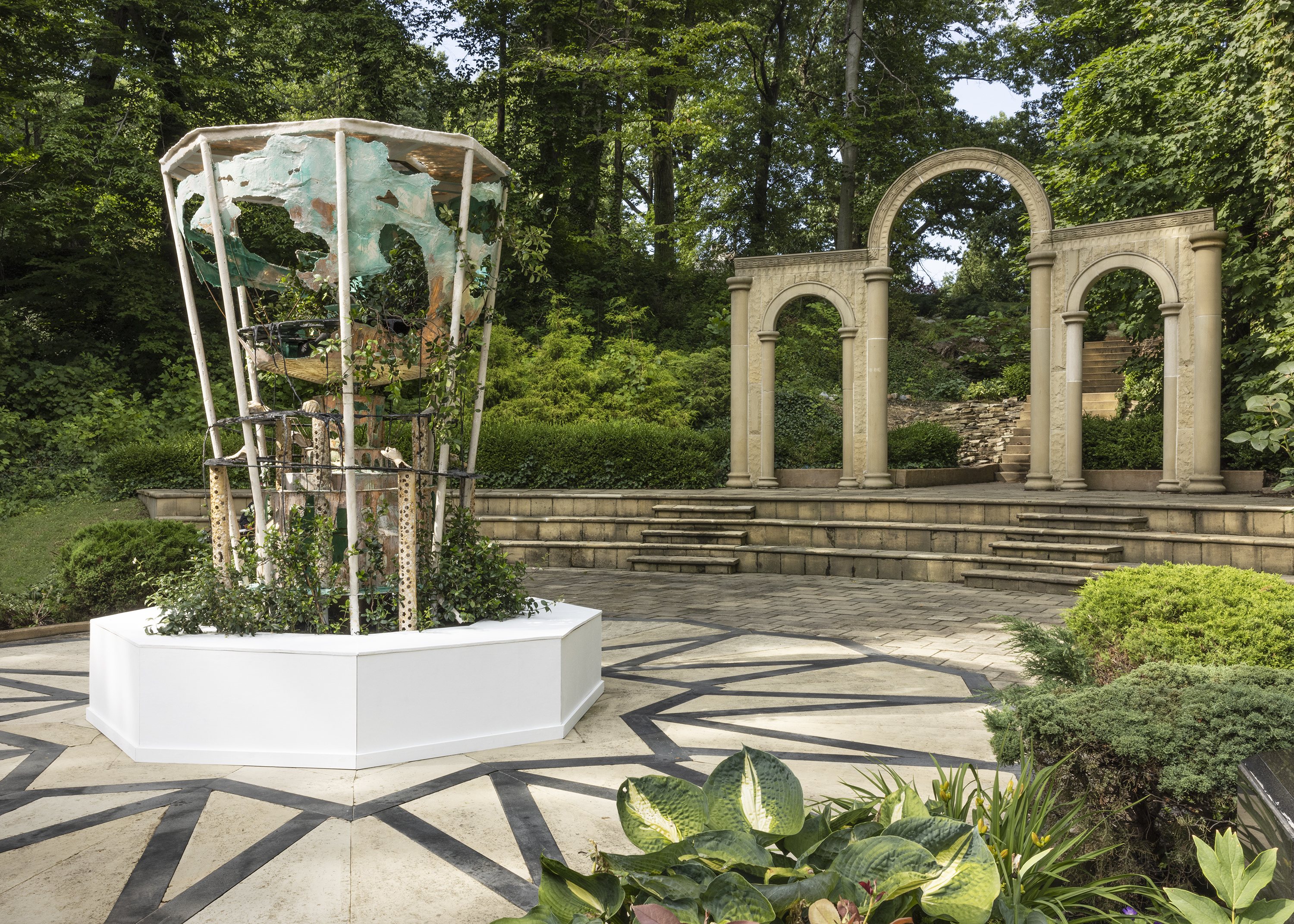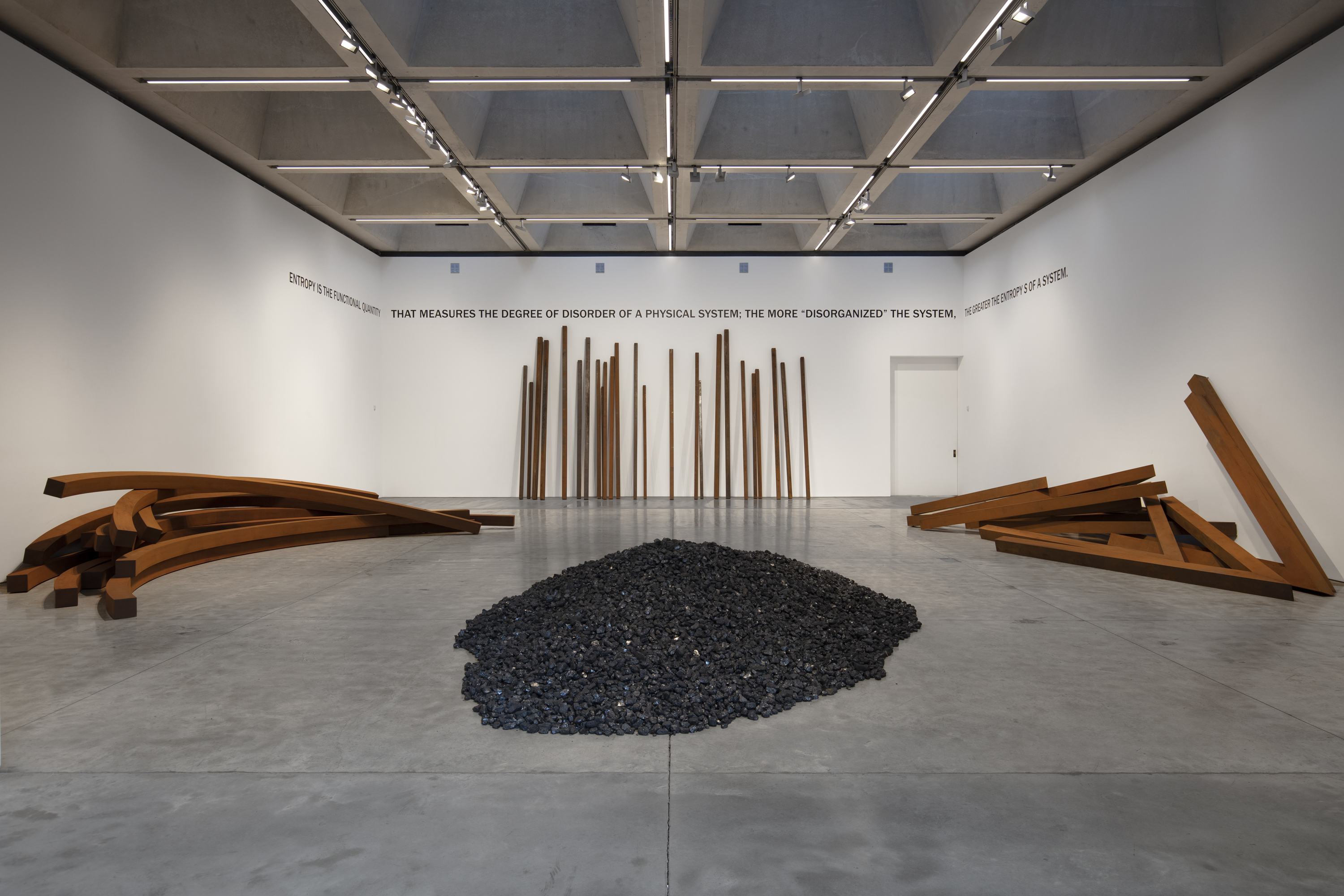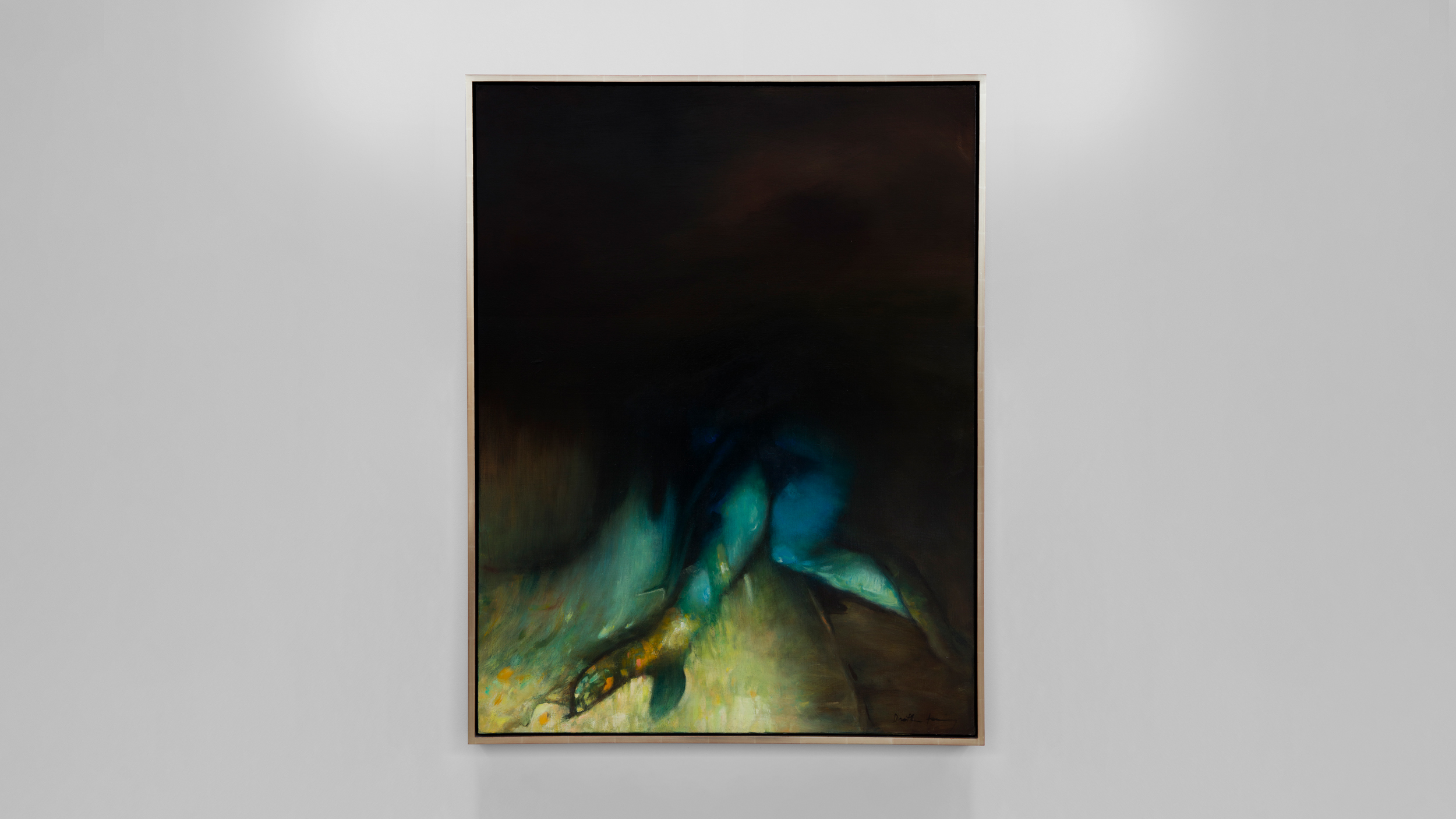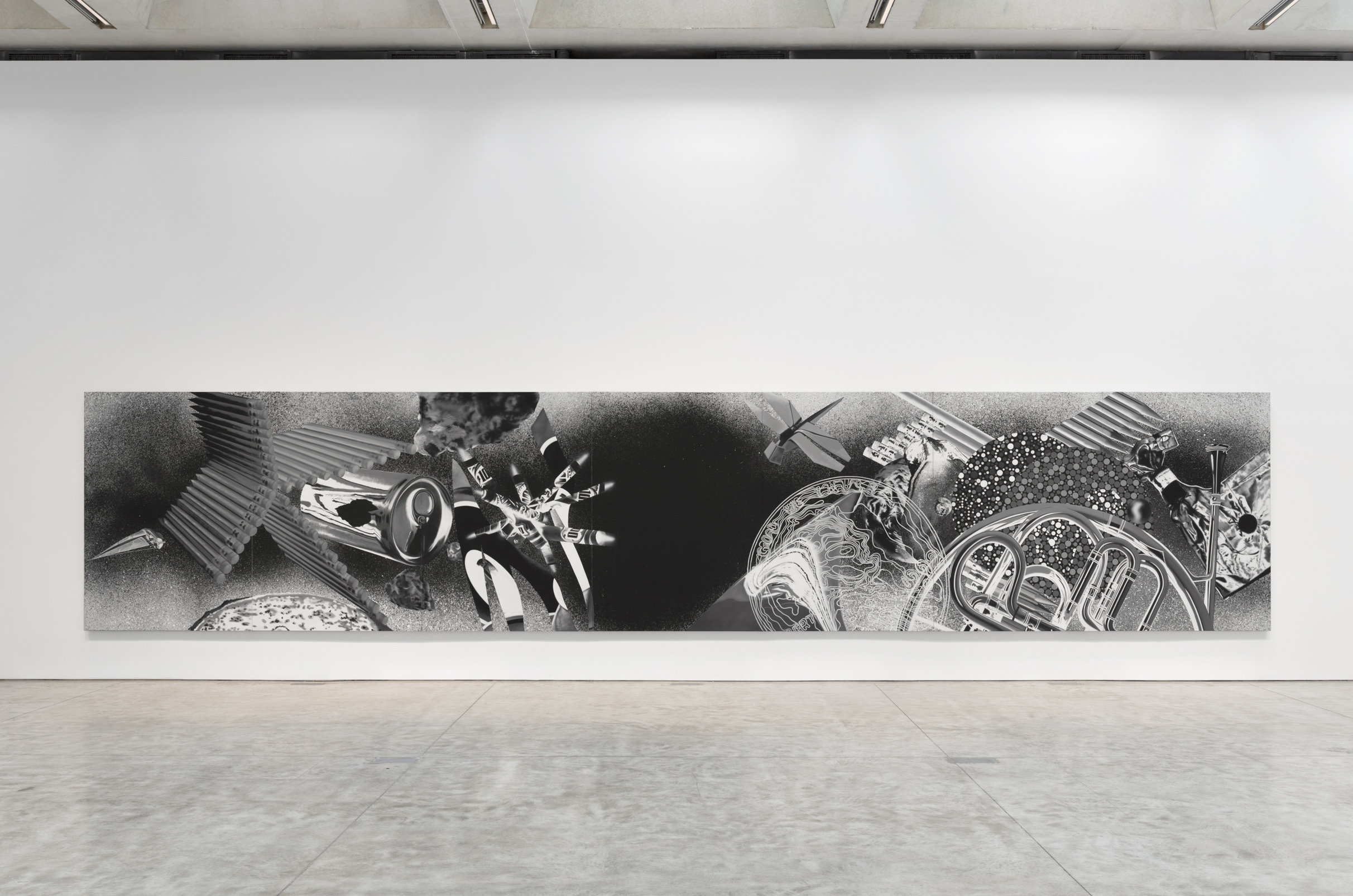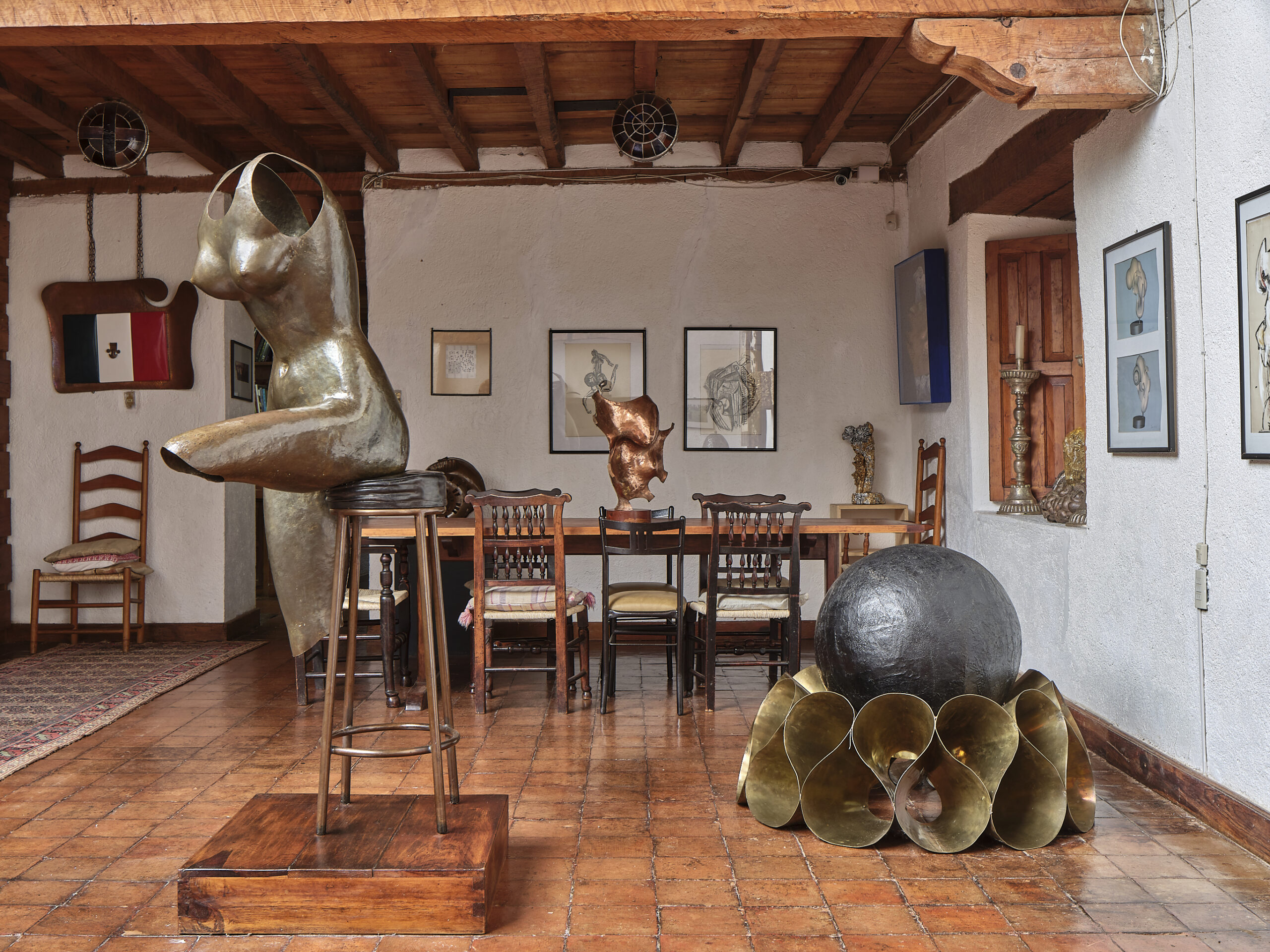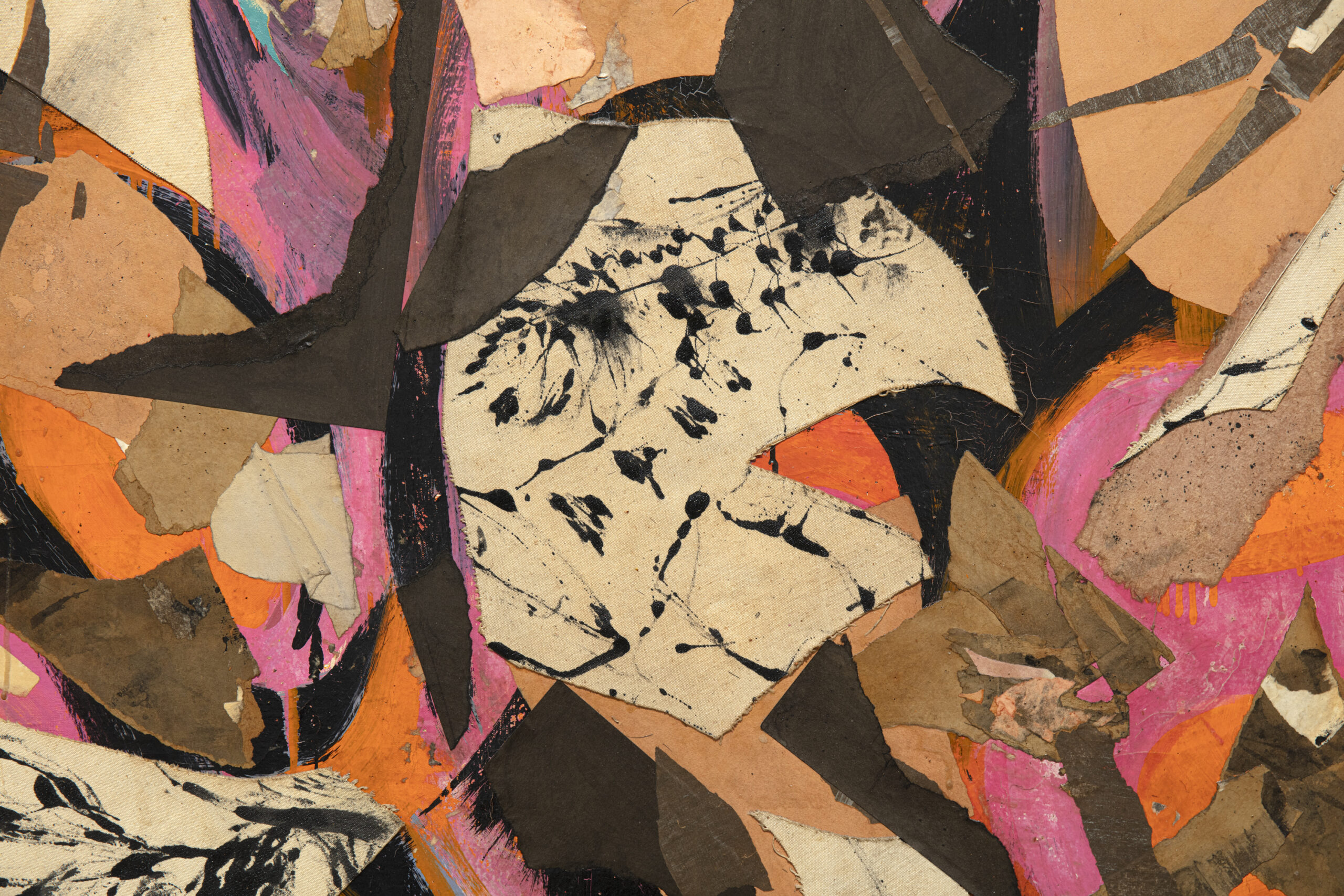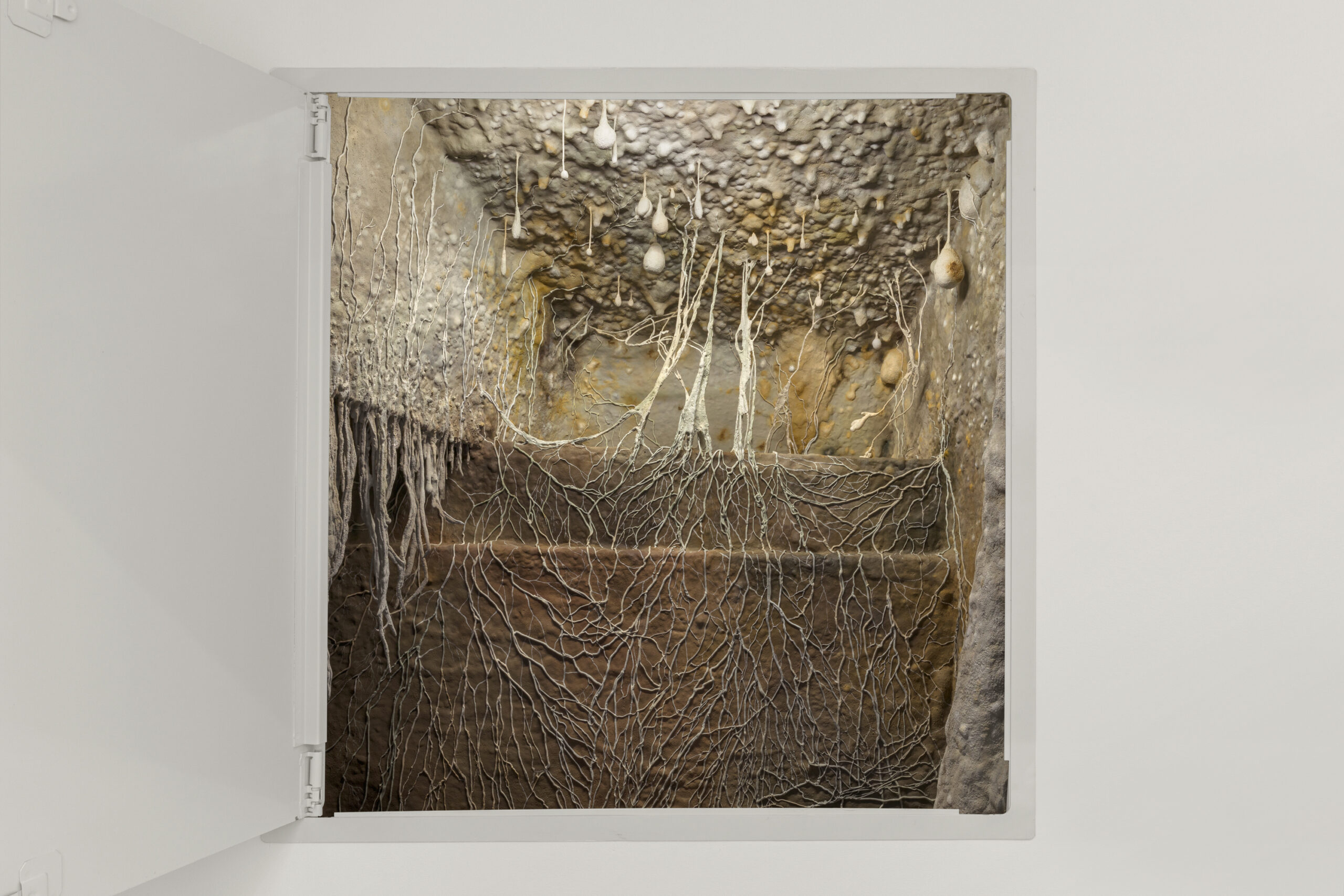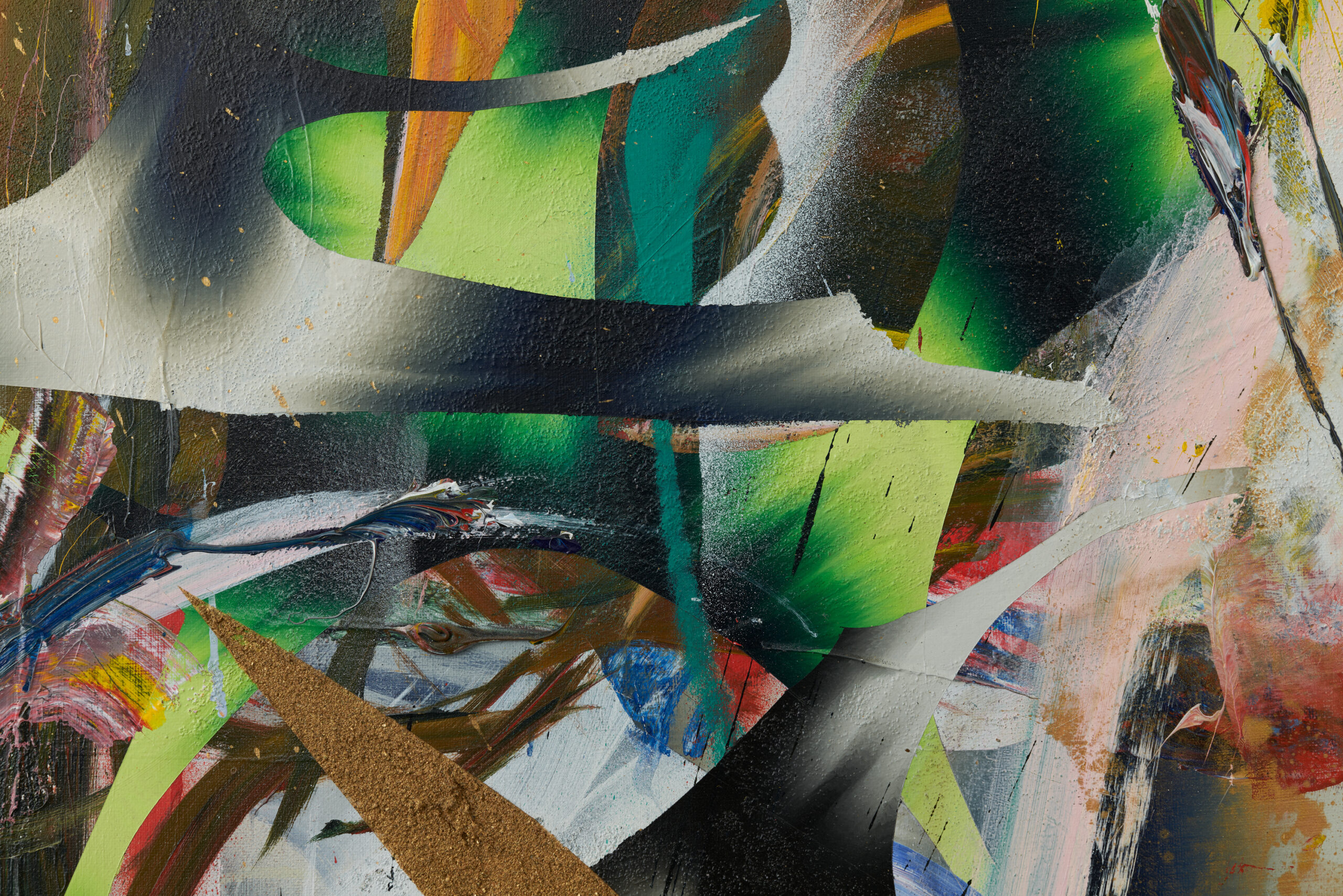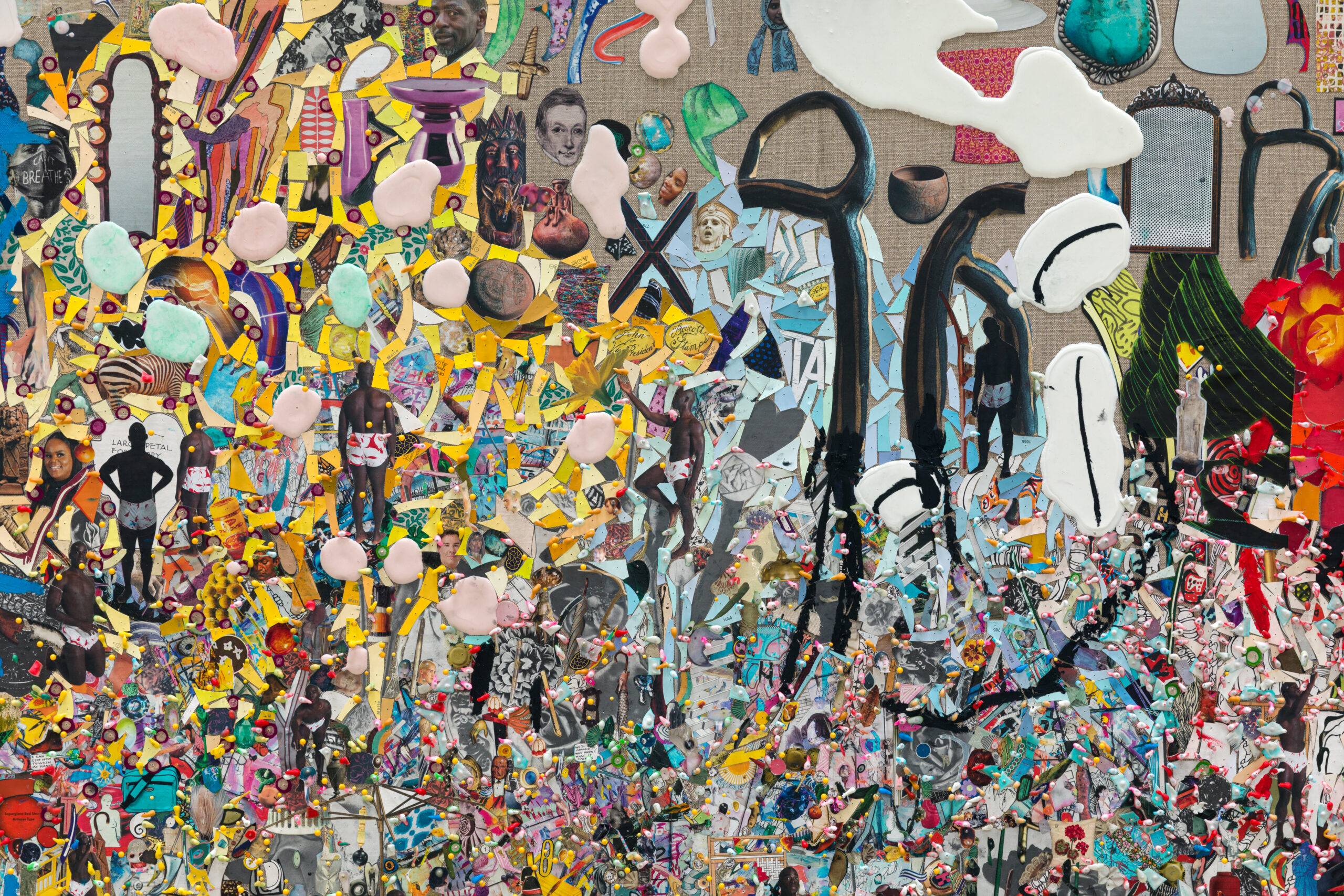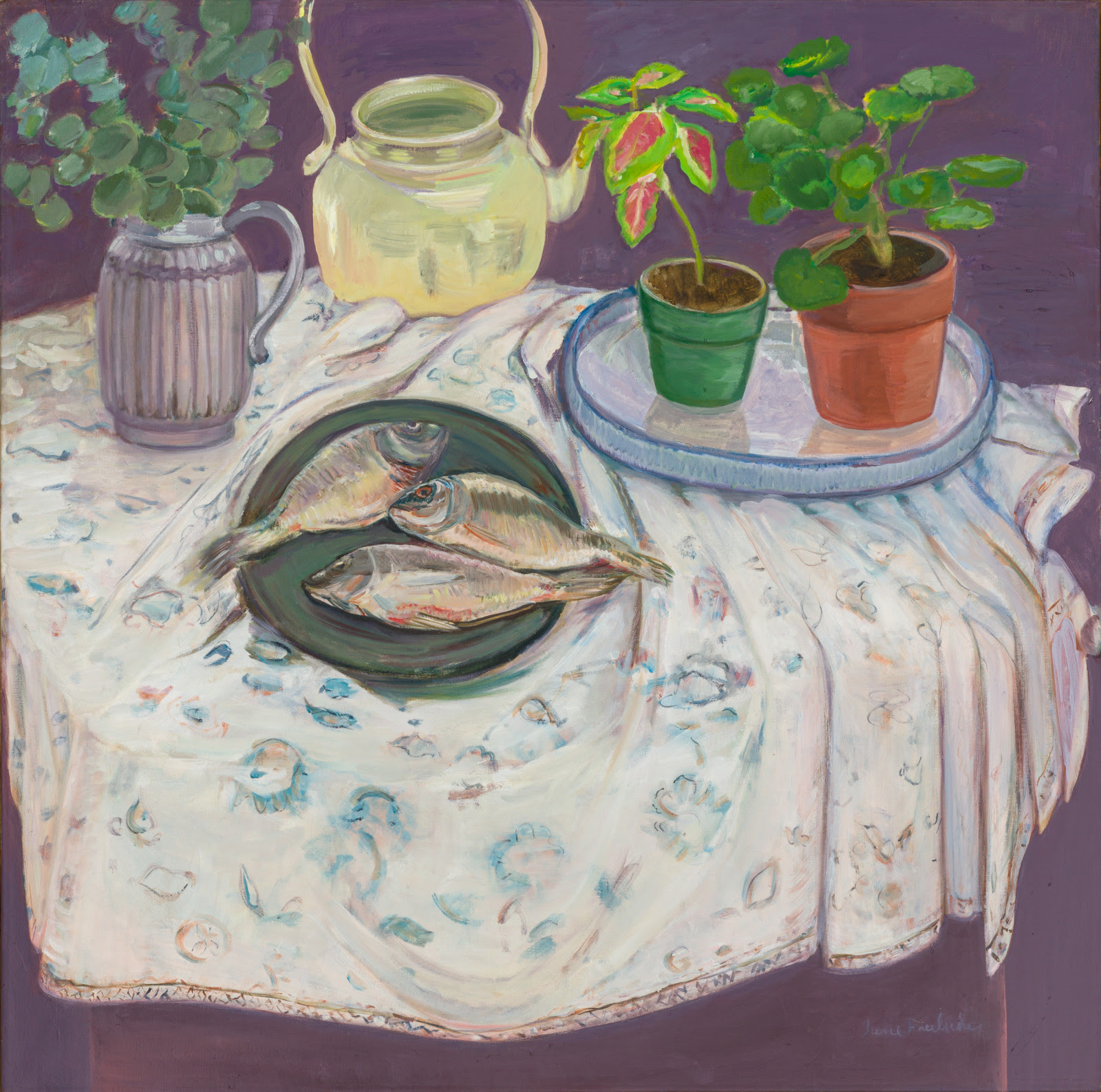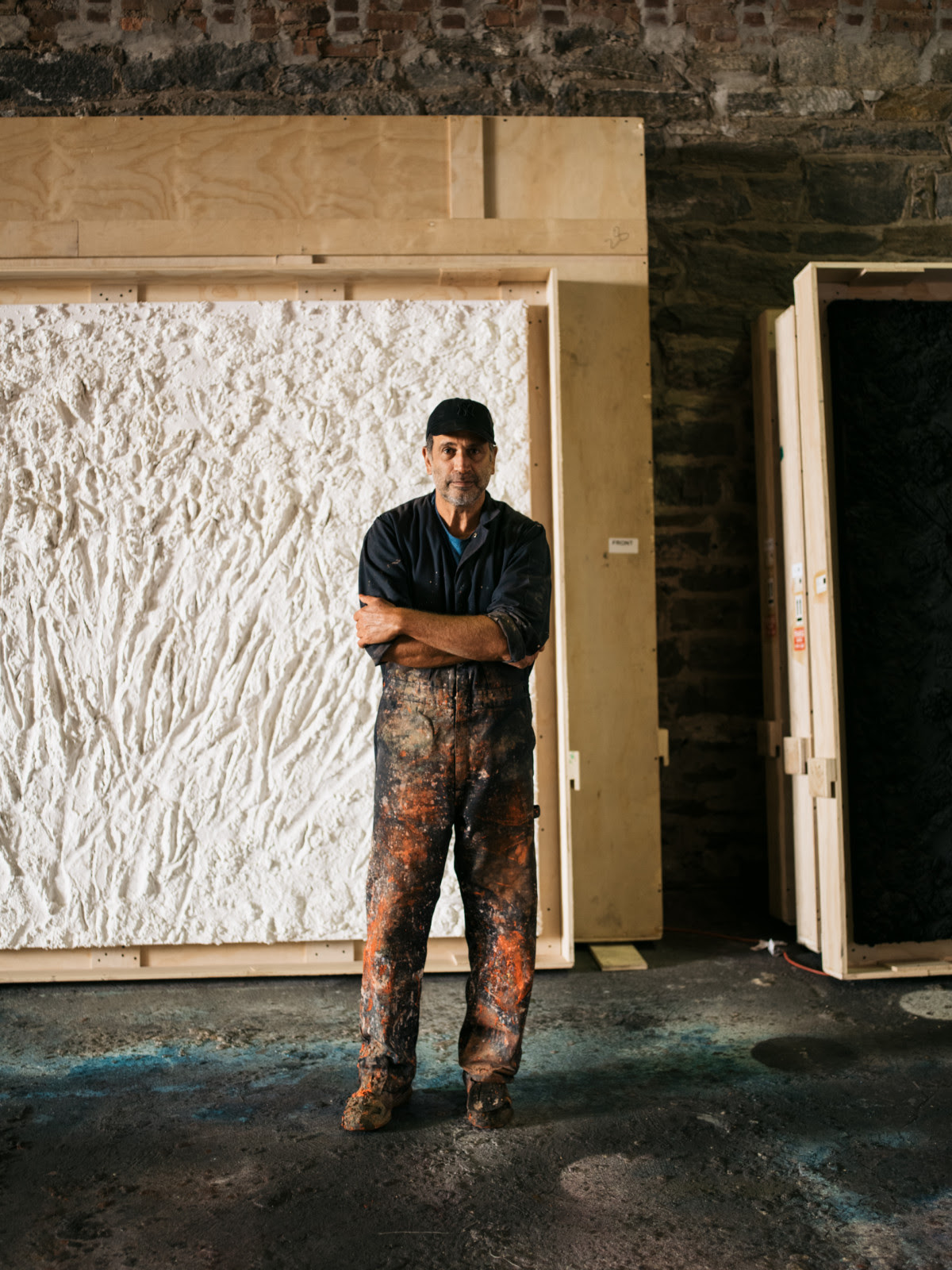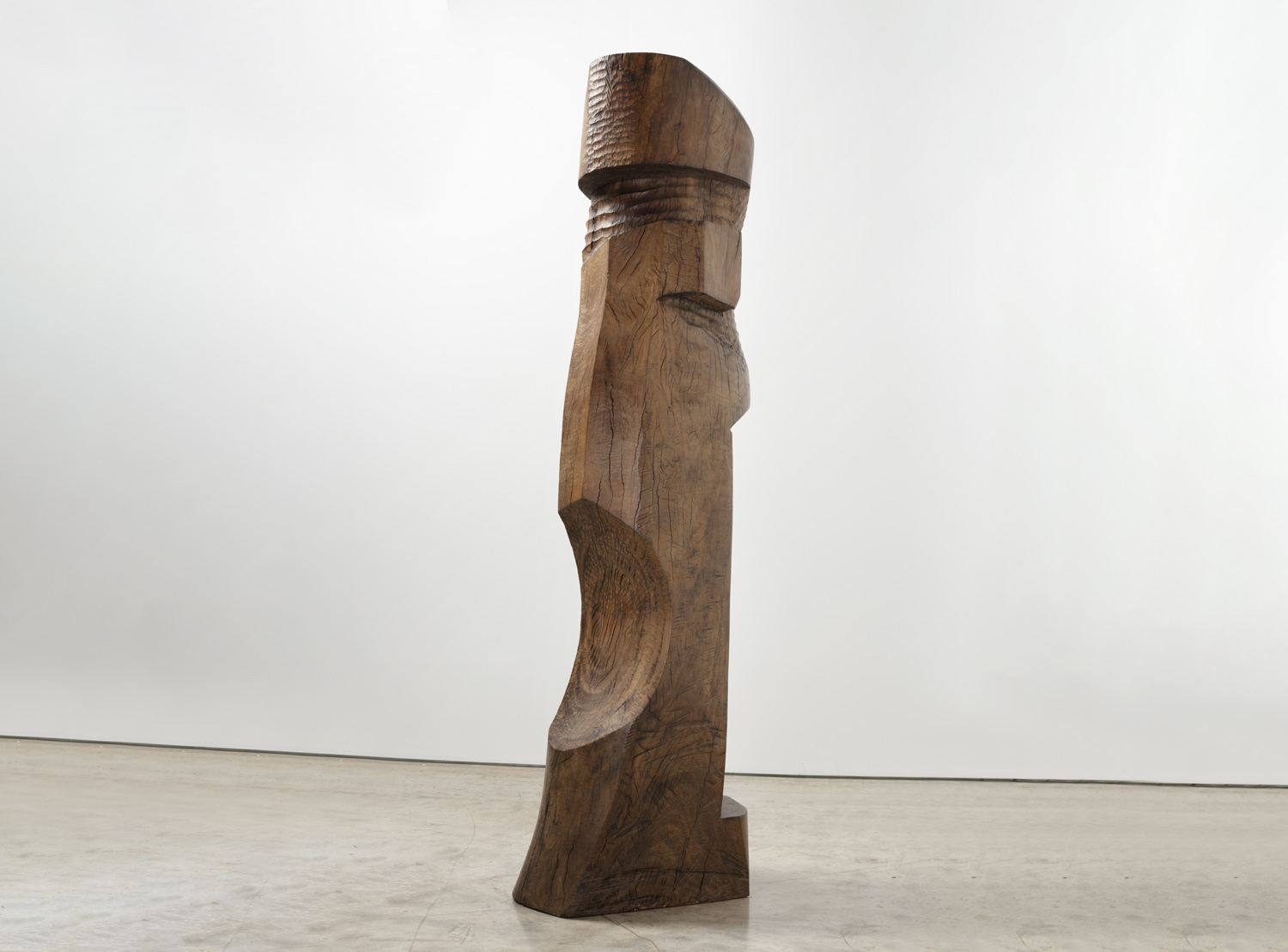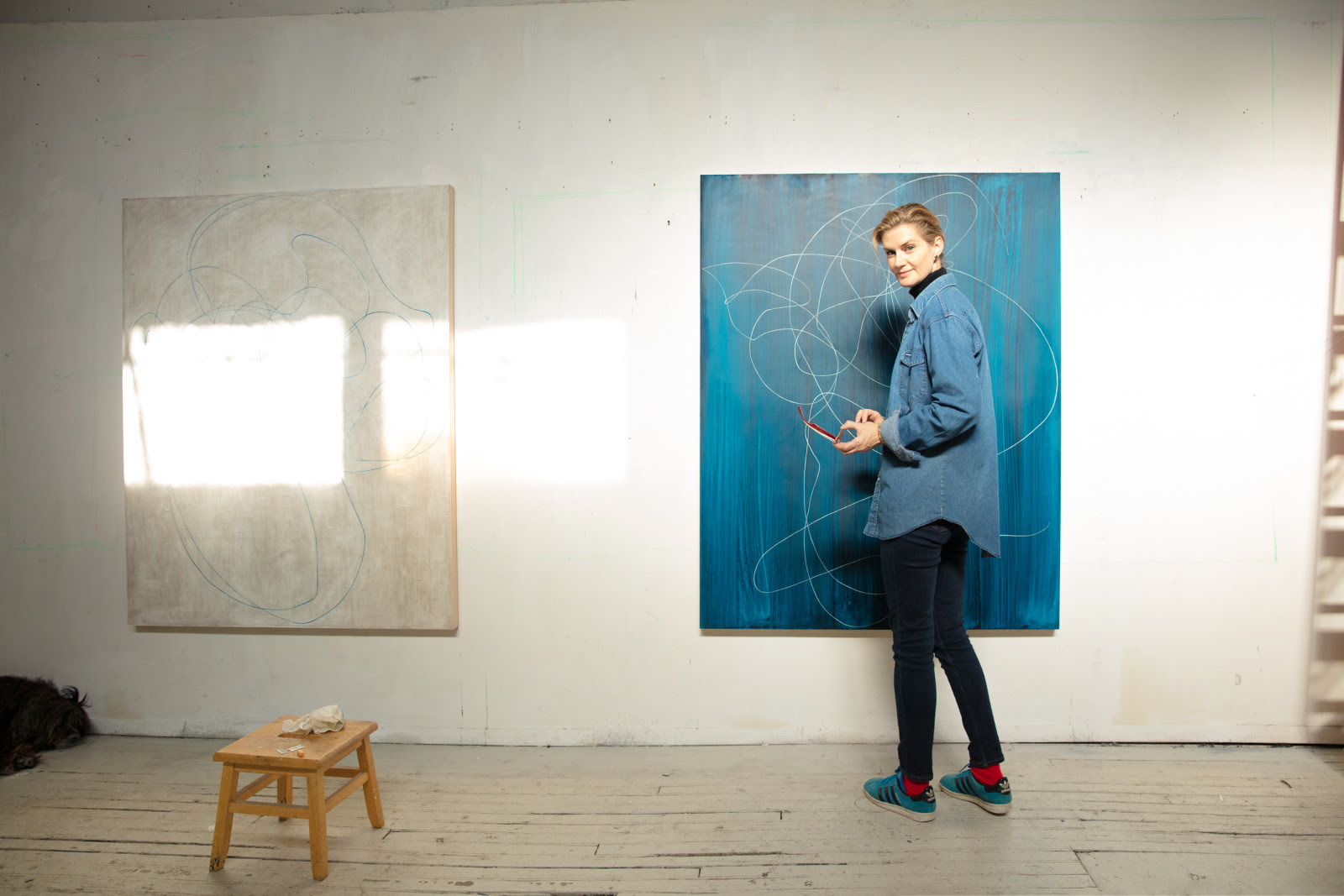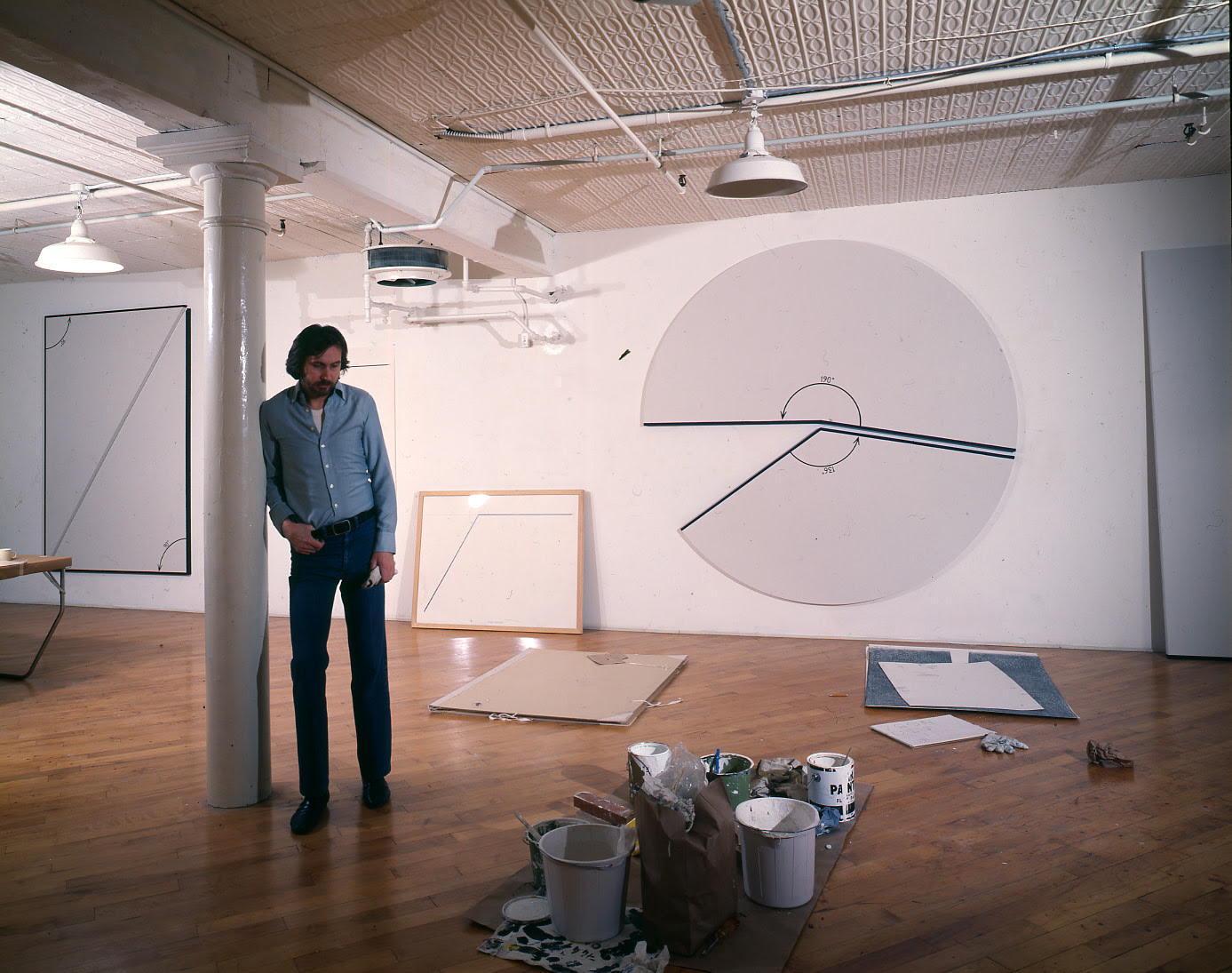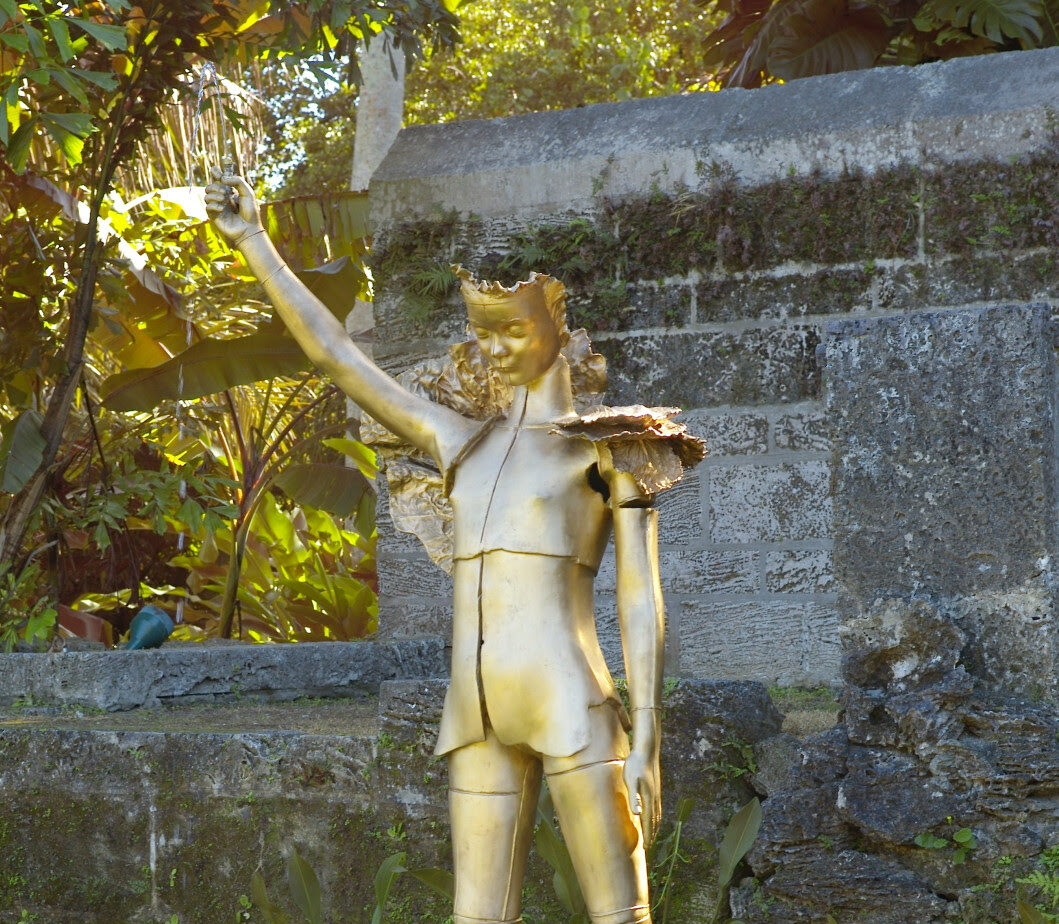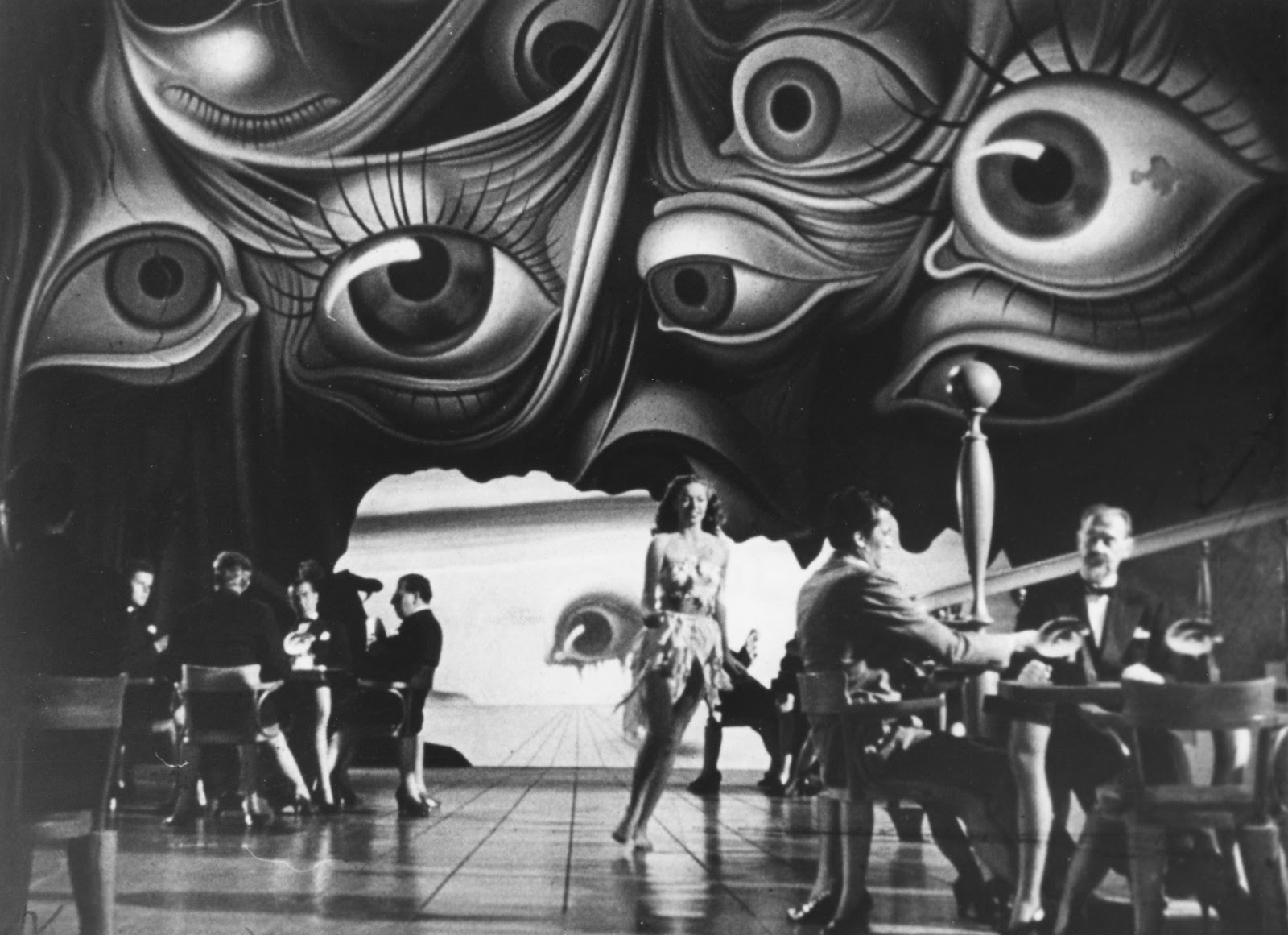“The act of assemblage on which the collaging performance depends has its own radiation out into the wider intellectual and visual world.”
For years, ever since I was first knowing and working with Robert Motherwell, something about his way of seeing, and then sending on to others the way he saw and received what he saw, was a revelation. That more than a guide: I mean a guide could be, had been for me for almost always, something about how Brueghel’s The Hunters in the Snow, for instance, showed us how to focus on a far distant sight, particularly as William Carlos Williams’ poems about the painter had helped all of us to look, to see, through various pointing devices. Or how we learned to glimpse — and almost grasp — those tragic legs going downward into the water while the farmer did his plowing on the hill. Even if we had seen the Icarus painting, even if we had gotten the title, The Fall of Icarus, and sort of grasped the point there, that no one on any tall ship or any real question of his, her, or our own, was going to care about something else, tragedy as it was.
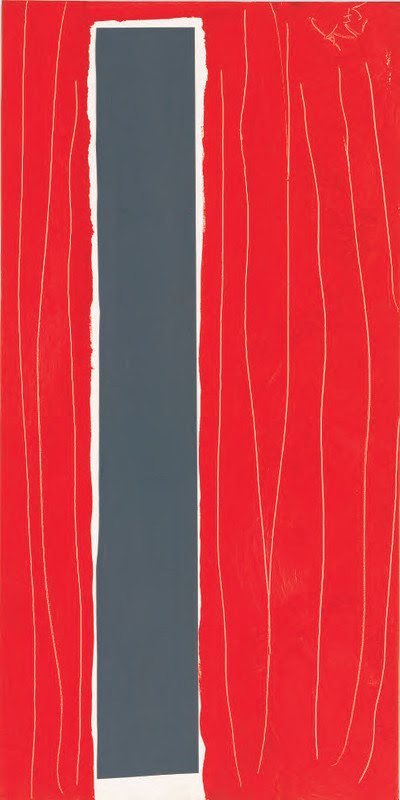
© 2020 Dedalus Foundation, Inc. / Licensed by VAGA at Artists Rights Society (ARS), New York.
“The act of assemblage on which the collaging performance depends has its own radiation out into the wider intellectual and visual world.”
Was it about catharsis, so that when we were contemplating, say, the unresolved conclusion of Henry James’s massive and great Golden Bowl with the Prince, having lost his adored Charlotte to an exile across the sea, saying to his Princess, who had arranged it all, “See? I see nothing but you” — we felt moved and stirred and bemused? All these things I could discuss with Robert Motherwell, as with no other painter I had ever known.
So it was always that in each of his collages, with their wonderfully inventive forms of pasting one form atop another, there was something to talk about. I was particularly delighted by what you might conceive of as the simplicity of some in their elegance: for example, the Untitled (Red, Grey) of 1972. Nothing but a grey rectangle, slightly shorter than the red housing it, surrounding its right-there, in-your-face dullish grey with its here-I-am-ness, this red he so often used in his collages. I loved the white paper surrounding the grey, its “halo;” loved the way the grey was slightly cut at the top, so it would slant a bit; loved the way the incisions in the red showing the white were so stark and yet so impassioned. Would it be too much of a stretch to say that about his technique of collage in general, that it was at once stark and impassioned? I love the photograph in the catalogue raisonné of his leaning over, in fact his crouch, to carefully apply the glue to the paper — that is it, performing the crouch of application, the genius of invention.
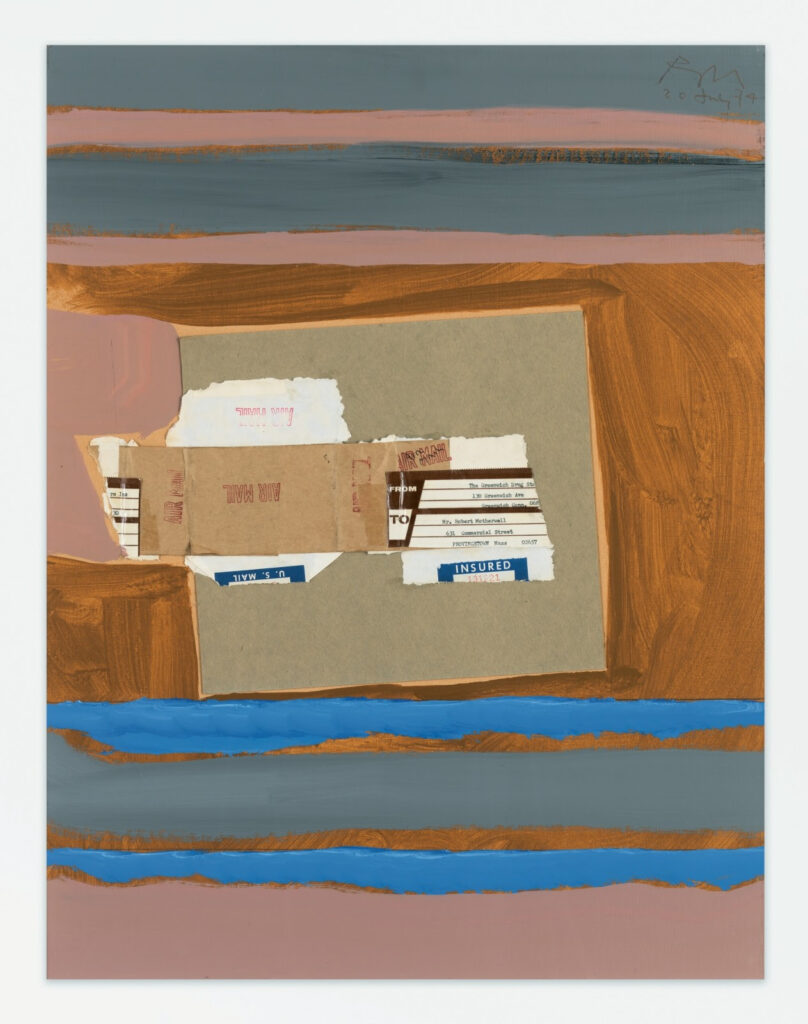
Along with this mention of impassionedness, look at the horizontal blue lines at the bottom of The Irregular Heart of July 20, 1974. Without even having to refer to anything autobiographical in the title, just look at the way those two lines, irregular and wavy, subvert any other element in the somewhat complicated collage. They take over our reception of the message. And this is really what I’d like to aim at in a few of these quite extraordinary items in this exhibition.
The French Connection is absolute. Motherwell spent the year 1938-39 in Paris, staying with a French family “en pension, and sometimes after dinner we’d go to the Cafe des Deux Magots.” He recounted how Picasso was very often at a corner table surrounded by friends and how he would scan the room:
“…without looking at what was in front of him — say the coffee cup and saucer, his package of cigarettes, a piece of silver or two, and a napkin — and he would keep moving them, especially on the surface of the table which had a white table cloth, so that the Gauloises Bleues showed vividly and I had never seen a collage but at that moment there was something about the way Picasso left it that really moved my heart irrationally and one day it occurred to me, years later, of course [and] I took to it like a duck to water, I had watched the inventor of collage make them at the café table.” (1)
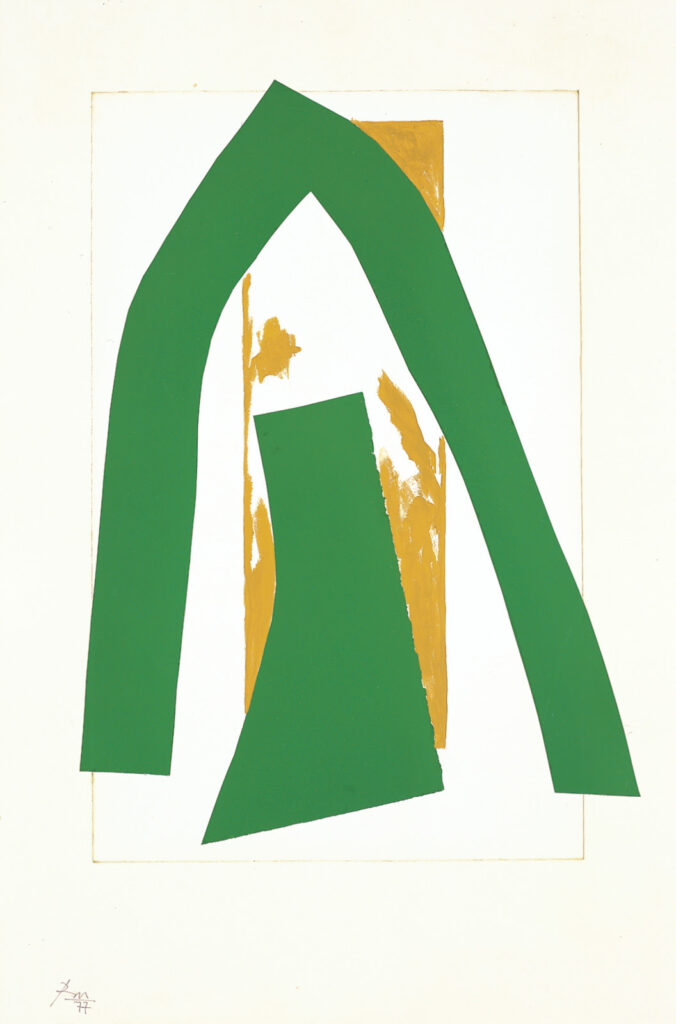
As the artist said about a Berggruen collage of 1972, when he had been so pleased that Heinz Berggruen had offered him a Paris exhibition, this collage, which used the wrapping the collages arrived in, was “meant, among other things, as a kind of commemoration.” (2) In a sense, all these collages are commemorations of a moment, a feeling.
Many have to do with France and the French language. My initial contact with the artist had to do with France and the French: I retranslated books and articles on him, checked others, spoke with him at length about his relation to the language, his great excitement over the writings of Delacroix, my translations of French poetry, that kind of thing. And here, shrieking out from the already impassioned scarlet — the heart still of the heart of the collage — was a straightforward sign of his affection for the country, the language, the community — that is it, the community — he felt with France. We know that he lived there in the year 1938-39, know how he continued to be in contact with the French — I am thinking of the time that André Breton was in New York in exile, and Motherwell was called on to translate what Breton wanted to put into the words of the nation he was temporarily living in. I remember, as many of us do, the issue with the French of “conscience” — meaning, of course, both consciousness and conscience, and how that caused difficulty between them. A difficulty over one word, we might say, but words matter, like signs. Motherwell cared enormously for Mallarmé, some of whose impossible-to-translate works I was translating for New Directions when I first met him — that was an immediate bond. For him, words mattered immensely, especially in the context of France.
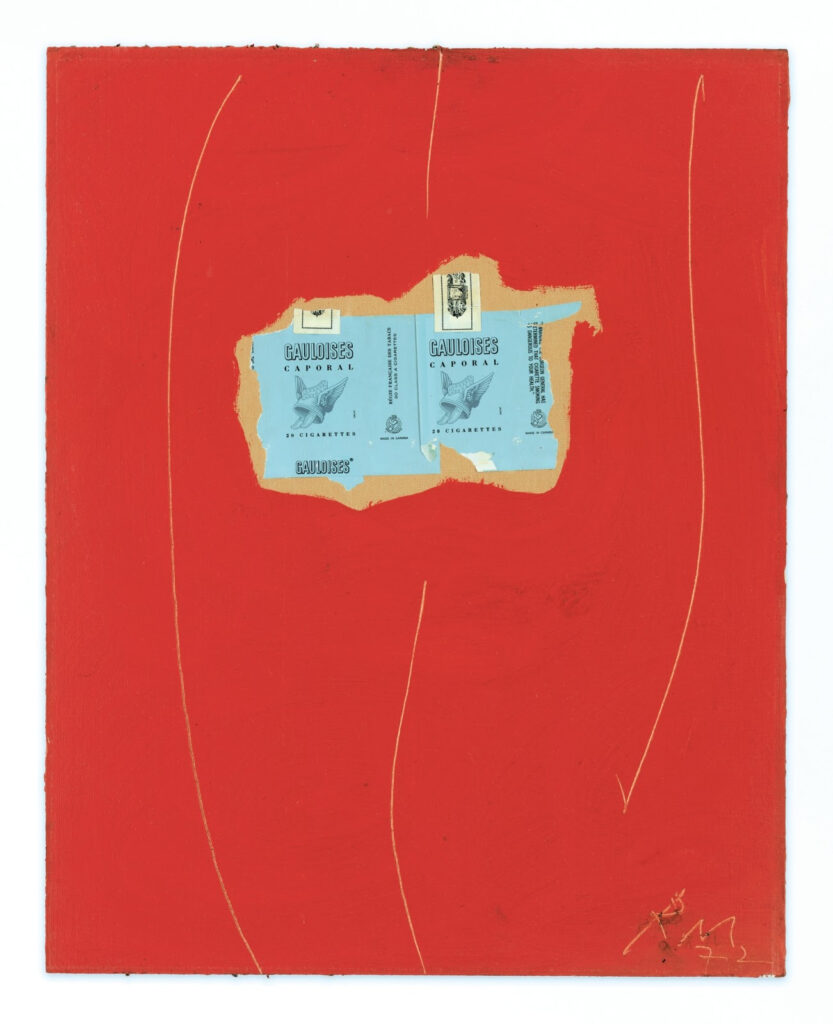
My favorite collages are the two Scarlet with Gauloises, Nos. 15 and 17, of the same year (what a great year for collages!) Next door to Motherwell in Provincetown lived B.H. Friedman, who in 1967 smoked French Gauloises and therefore provided a
constant supply of these really lovely blue packets, which Motherwell used frequently. He greatly preferred the blue labels from the Gauloises Caporal cigarettes to the white from the Disque Bleu line.
So there was then a first sending, from France to America, across the seas, and then another, from neighbor to neighbor, forming a community of French-American sharing. The Scarlet with Gauloises make this statement of sending and reception, and the incisions in their vertical lines letting the underlying color show through already serve as a metaphysical mirror to the crossing. By extension, the idea of smoke permeates the act of sending, warmed by the scarlet color, inviting the observer as receiver of the message. Far from this being a unique act, the red/yellow elegance is continued serially.
Scarlet with Gauloises No. 17 has the added interest of something sitting sideways, pasted on so that it slants upward as if to take flight. As if we were confronting a sonnet series, wondering in what actual sense they fit together, which might have been created first, and whether it matters. Yet something about the informality and the straightforwardness of the presentation has a direct appeal.
The scarlet background carries over to In Scarlet and Cognac of 1973. Something about the sharing of cigarettes and cognac is itself a warming act, an act of community. The Remy Martin label (as it says, “imported”) conveys a feeling of informality, as it is torn across the top. Such a result rules out any feeling of elitism and neat bourgeois custom that could have been conveyed by the rituals of smoking and drinking in polite company. This artistic company is in a sense the direct opposite of polite — the signs are free of societal layers and upper-class statement. These collages read as something understandable, conveyable, readable, the very opposite of coded messages. Collage is a non-elite statement, an assortment of elements that, far from shouting a cost, presents itself as a modest mixture ready to be read.
Often, our conversations turned about writing: “I paint my most interesting works about literature, “ Motherwell would say, “and you write your most interesting ones about art.” So our afternoons would be replete with allusion: we spoke of his Window with Robert Frost, of his Beckett and Kierkegaard references in his works, and all the Mallarmé rememberings. Or then the wonderful wit of The Disappearance of Goya’s Dog of 1990, with its black line pointing out to the left over the yellow, as in Goya’s Black Paintings, leaving in this collage that terrifying space that had made his own mark on all our memories from the dog howling over the cliff in the Goya rendering. That yellow would elicit a discussion of Motherwell’s fascination with elDía de los Muertos and the yellow of those Mexican skulls celebrating the Day of the Dead. Here, as happened many times, Matisse’s blacks would enter our picture, as they were so crucial an import into Robert Motherwell’s own works, for the depth they would confer. Even in the splotches on the right side of First Love of 1967, there enters a presage of doom even here, with a leaning of shadow. The black centering of L’Enfant du Paradis of 1989 haunts the observer, like the so famous film Les Enfants du Paradis with that unforgettable performance by Jean-Louis Barrault. The Night Music series, here the Opus No. 14 of 1989, has a kind of brightness and tragedy face-to-face — you feel the catharsis of the Greek tragedy right along with the harmony inflicted by forms of tragedy. I think It was perhaps in our discussions of this series that we spoke of that descending seventh in Bach’s Musical Offering. Robert Motherwell’s ear for music was as keen as his eye for so much else.
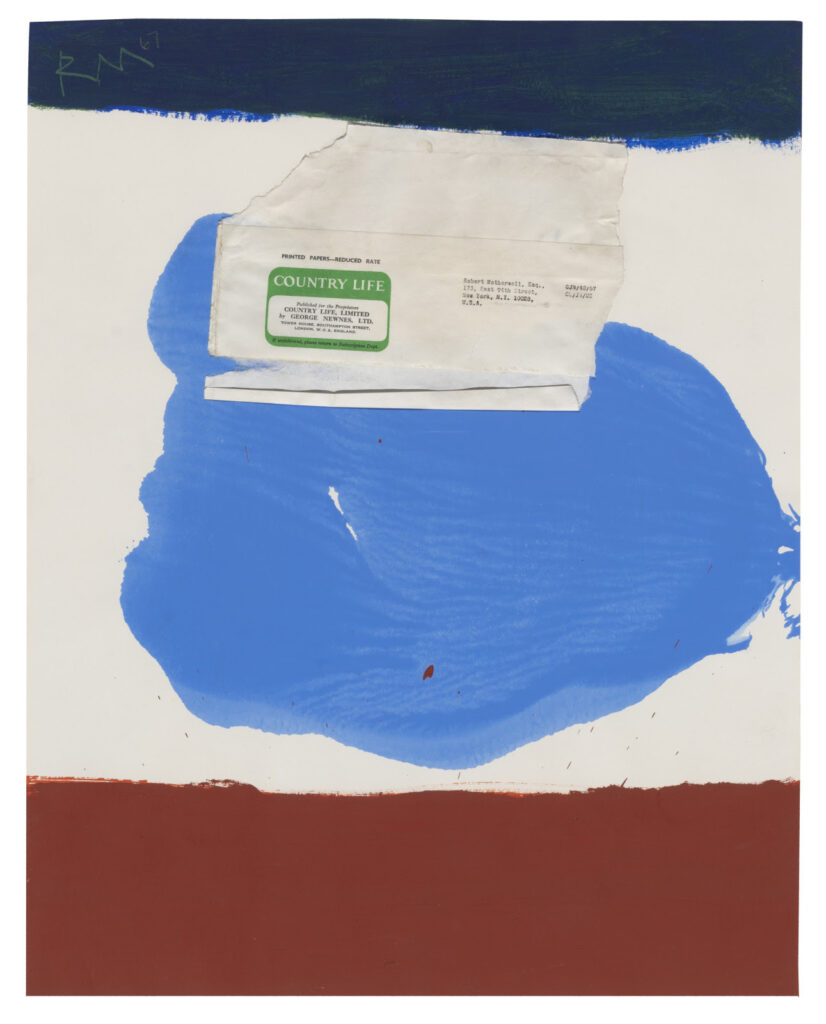
Of course, that untitled collage of 1973 with the green oval above the white, between those ominous white lines holding in the black, led to thoughts of his Elegies, and how tragedy encased itself in the poetic: Et in Arcadia indeed. The restraint, the holding in, increases the cathartic effect. Collages, with their layering of elements, stir our recalls, as each of the conversations of artist and writer were likely to do. These conversations made their own crossings and convergence, constructing their own collage over time, layering element upon element.
How beautiful is his Tobacco Harvest of 1973, with the depth of that maroon color holding, between its incised lines, a packet of Ernte, that German brand of cigarettes with the translation of that word into our own harvest, recalling those thoughtful
hours enhanced by the smoke of memories. How translation matters: Motherwell’s sensitivity to words and translation had marked the beginning of our discourse so long ago, when he asked me to retranslate a French book on his subject…And the idea of harvest led to our sometimes speaking of my southern heritage, of my North Carolina roots — tobacco indeed — and my grandmother painter’s own studies in
France at the Académie Julian. This memory of France joined with the others, giving its own memorial depth to whatever we looked at together.
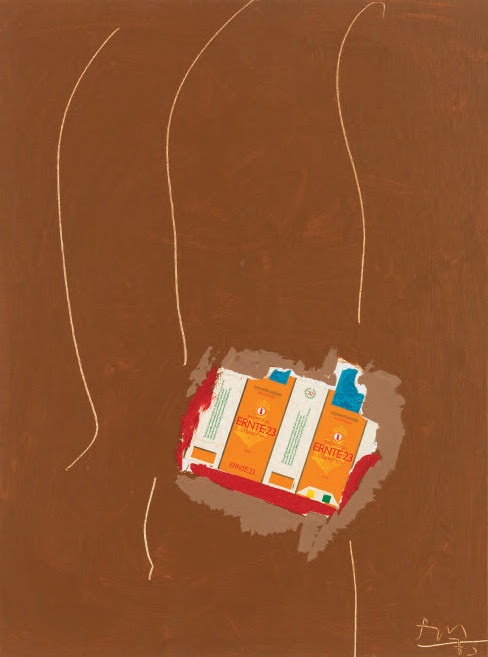
Other countries too, clearly, not just France and Mexico: the Chilean Revolutionary Collage of 1975 brings its purple as the Tobacco Harvest its maroon and the Gauloise series its scarlet and blue, or then its ochre as in the Ochre with Gauloises of 1968. It is quite as if nothing could not be brought in, pasted together, held firm. Colors assemble, making their own conversation. The act of assemblage on which the collaging performance depends has its own radiation out into the wider intellectual and visual world. Its inherent drama permits whatever we might want to bring into the conversation of life as it is enacted in the work, in this case, the work of genius.
Mary Ann Caws is Distinguished Professor Emerita and Resident Professor of Comparative Literature, English, and French at the Graduate School of the City University of New York. Her many areas of interest in twentieth-century avant-garde literature and art include Surrealism, poets René Char and André Breton, Virginia Woolf and the Bloomsbury group, and artists Robert Motherwell, Joseph Cornell, and Pablo Picasso. Conceptually, one of her primary themes has been the relationship between image and text.
Footnotes:
1. Catherine Tatge, Robert Motherwell and the New York School: Storming the Citadel, 1991, quoted in Robert Motherwell, Jack Flam, et al., Robert Motherwell Paintings and Collages: A Catalogue Raisonné, 1941-1991, vol. 3, New Haven: Yale University Press, 2012, p. 118.
2. Robert Motherwell, The Collages of Robert Motherwell: A Retrospective Exhibition, exh. cat., Houston: Museum of Fine Arts, 1972, p. 75.

